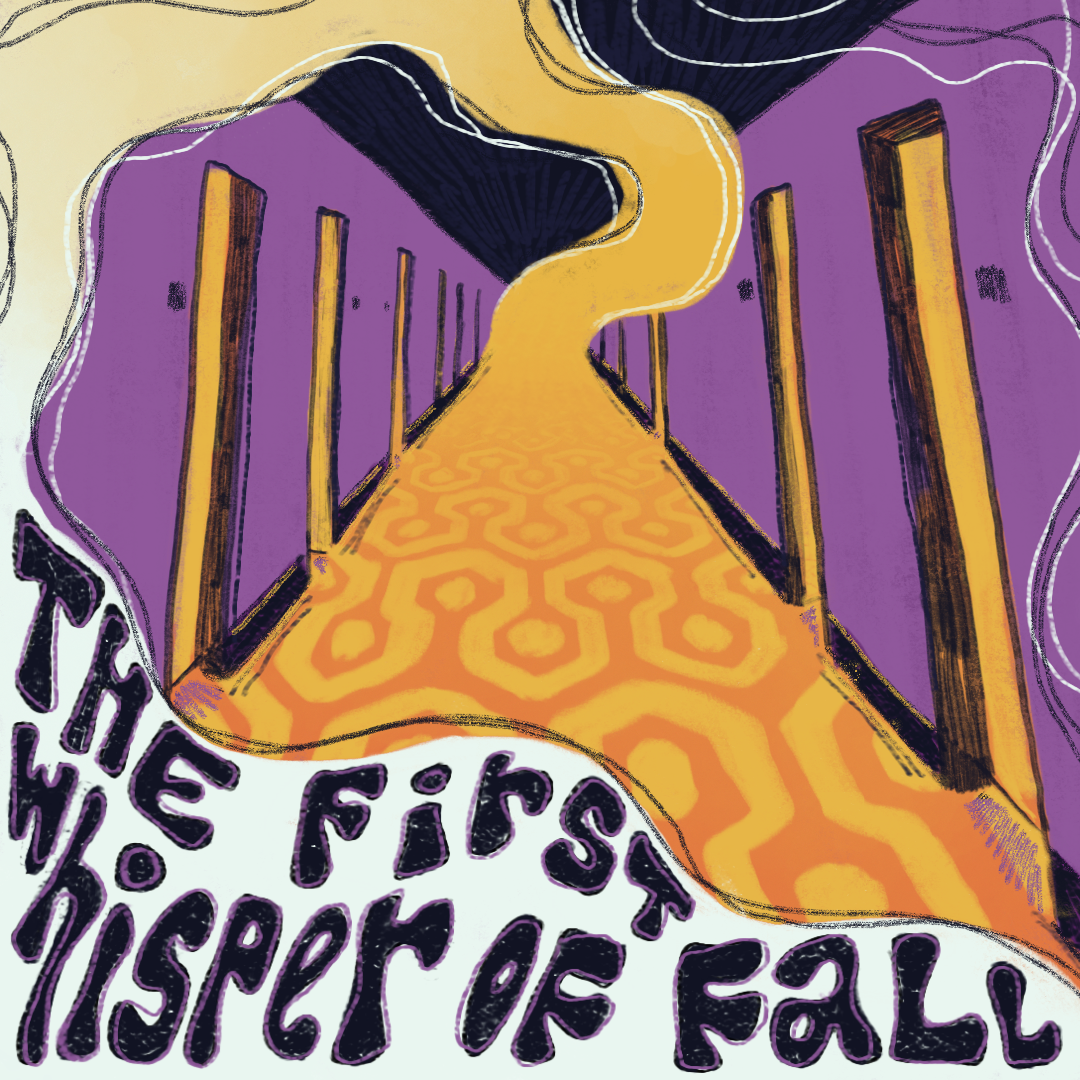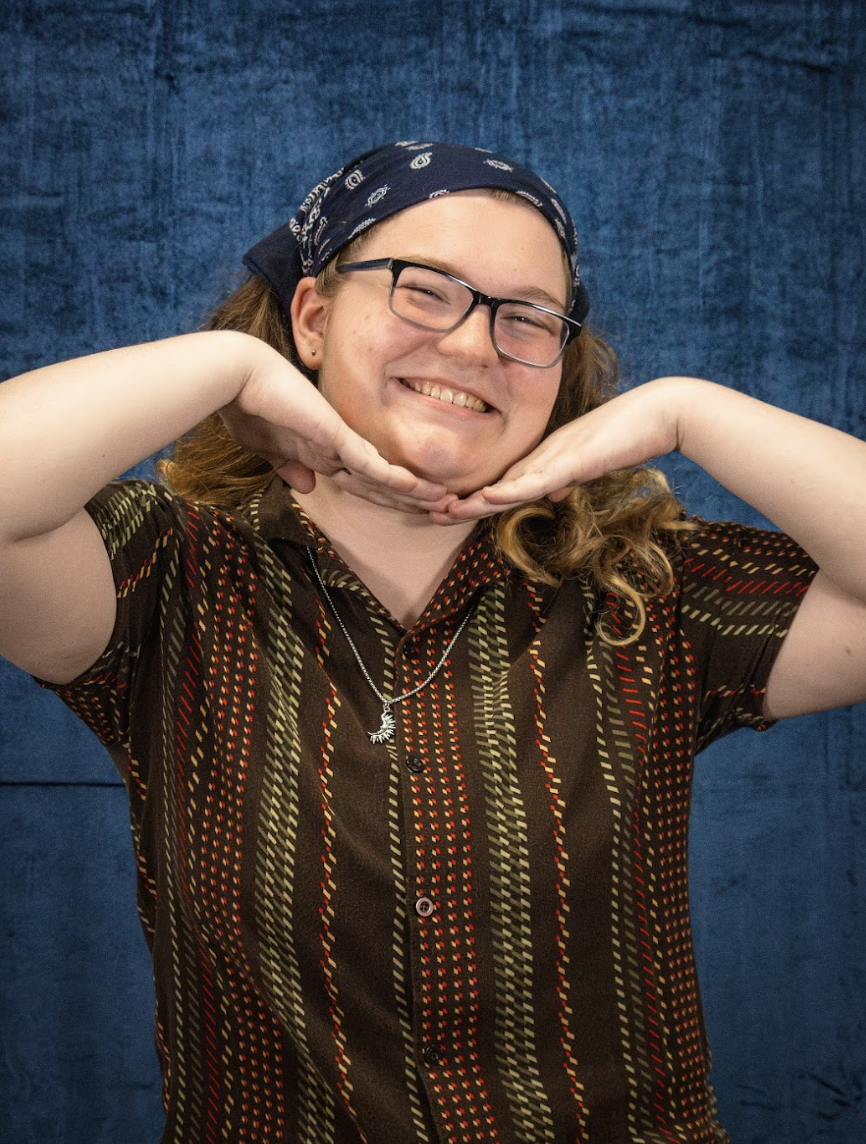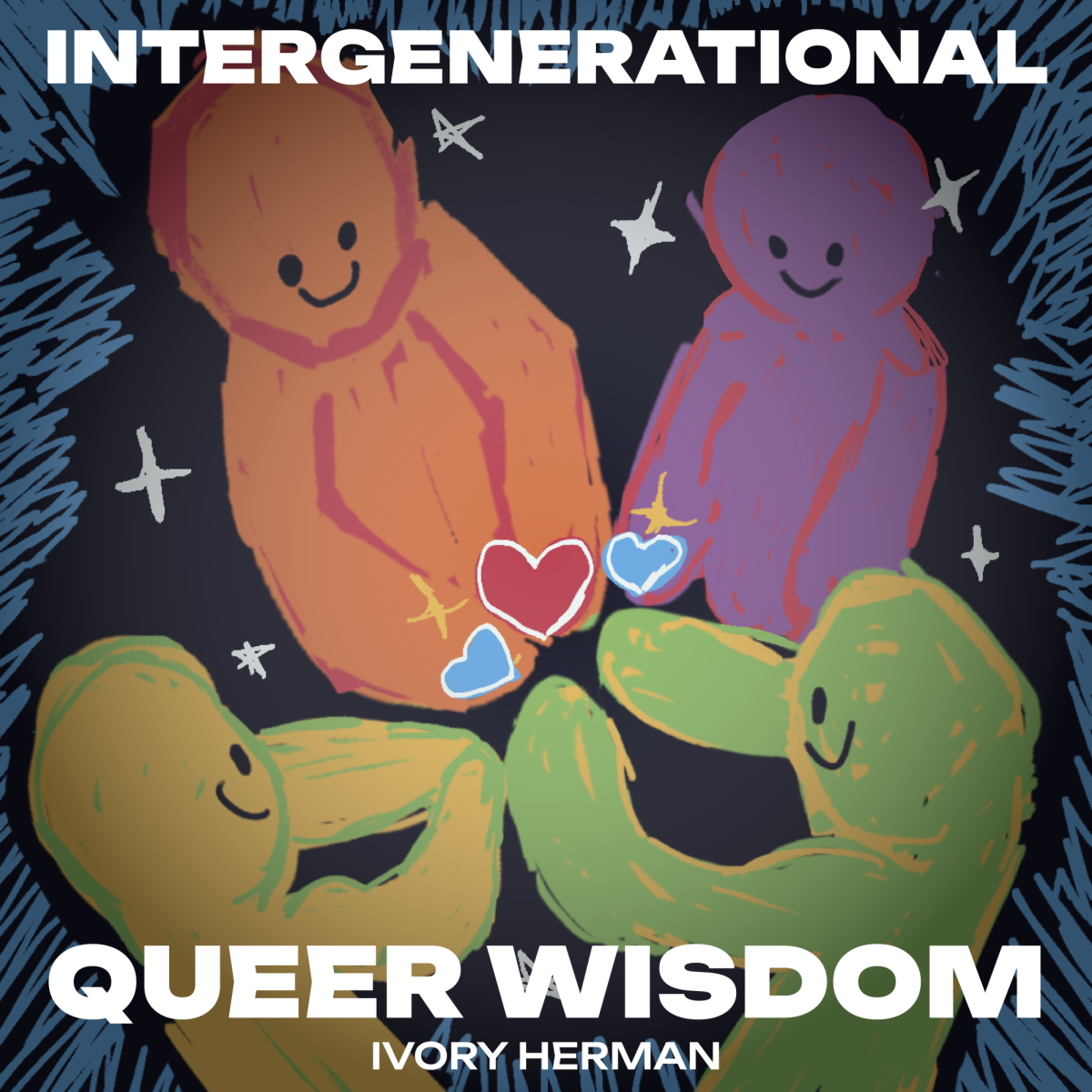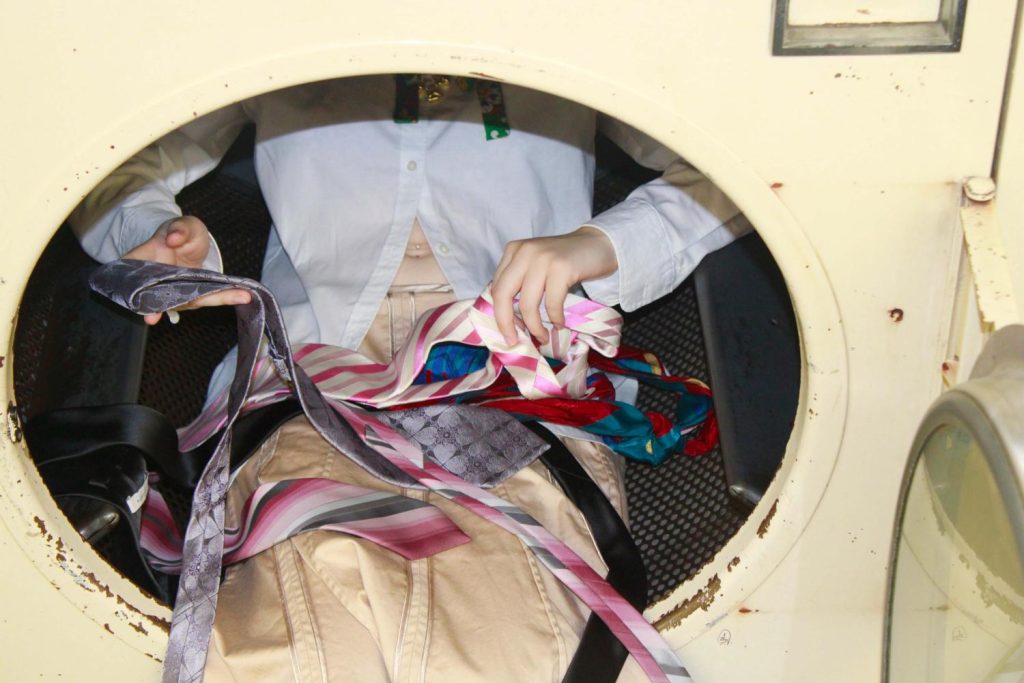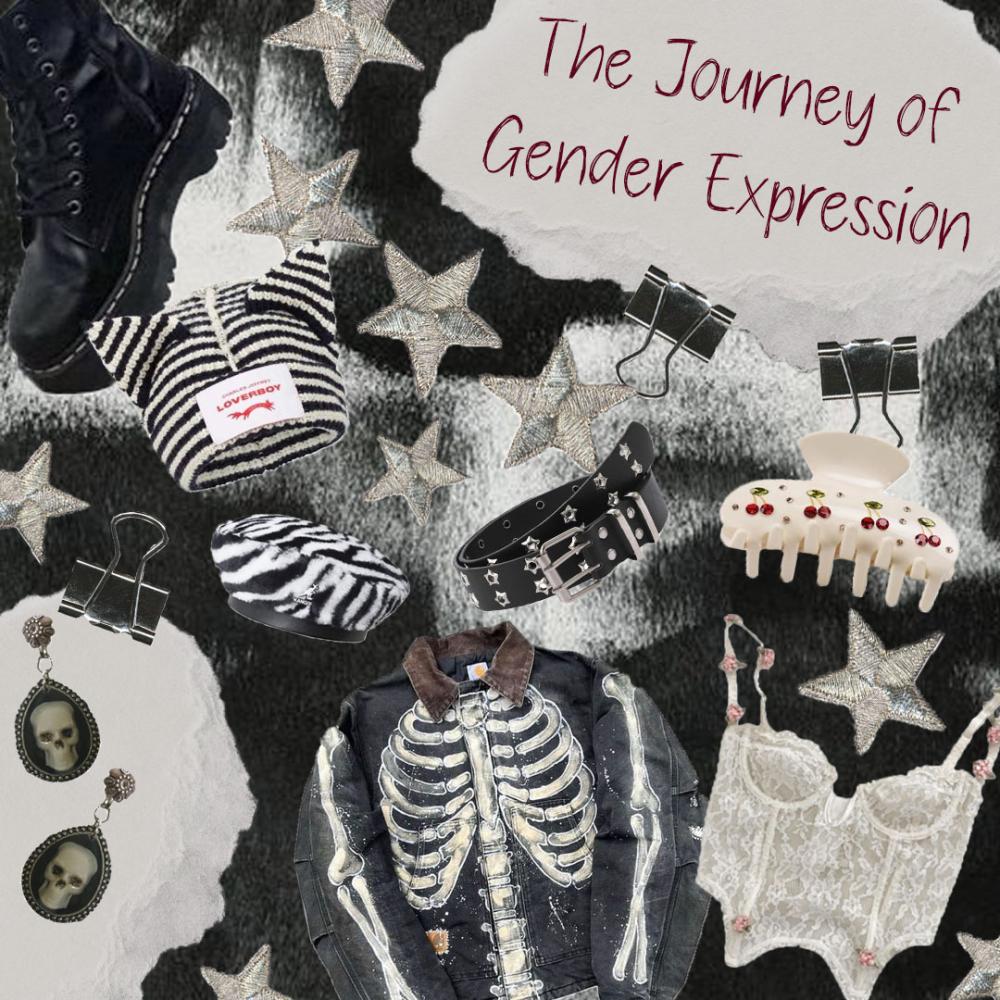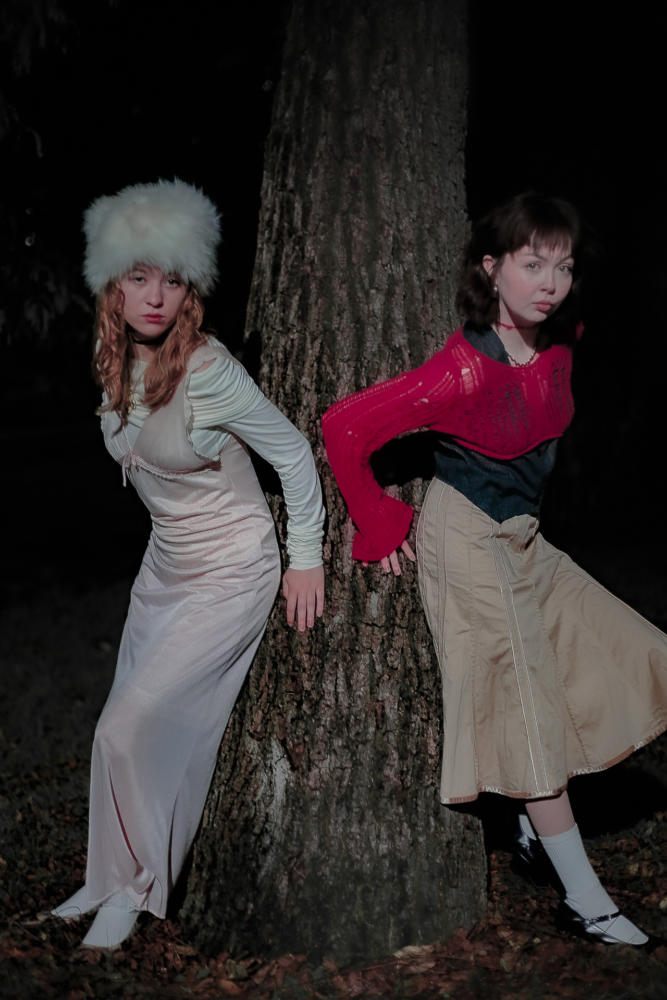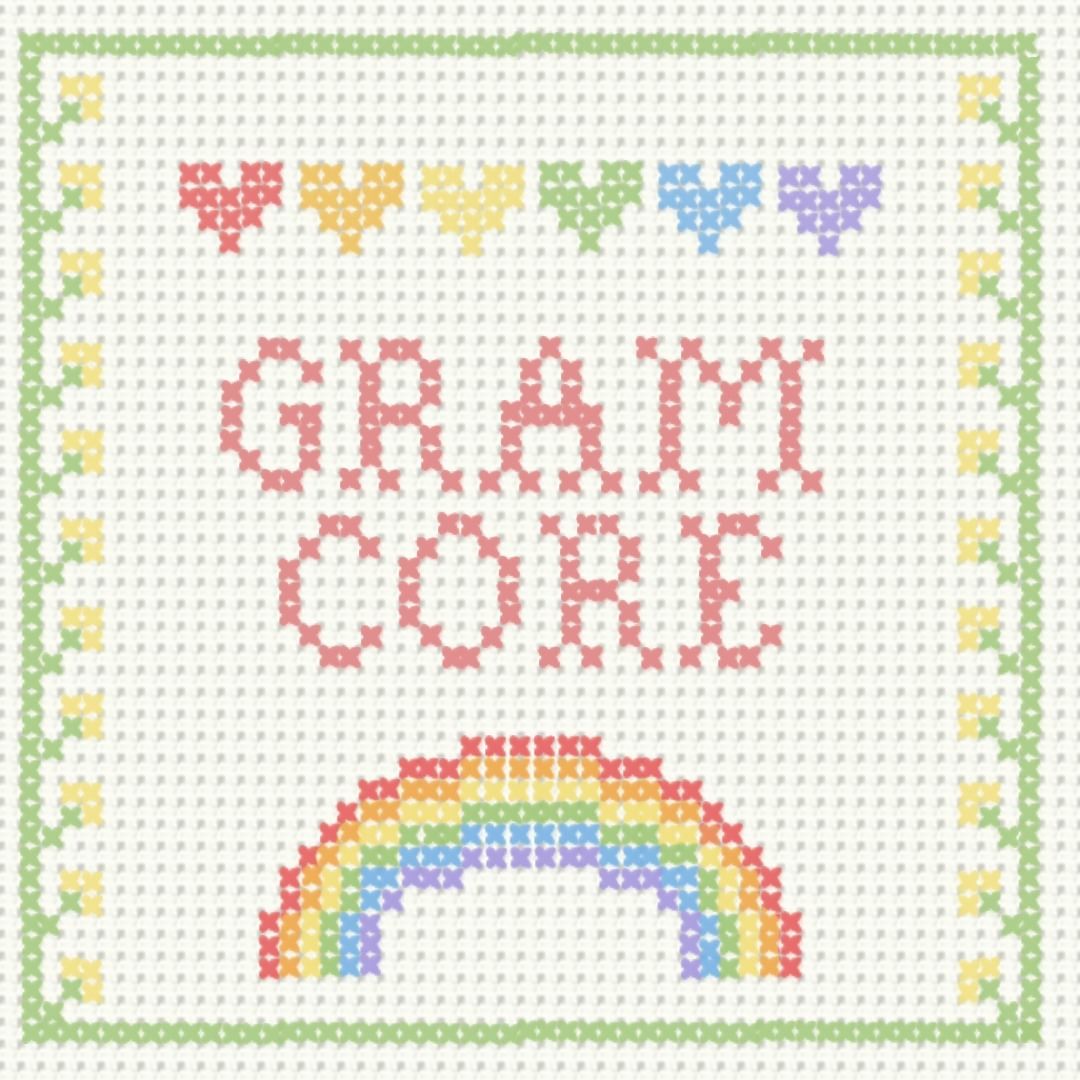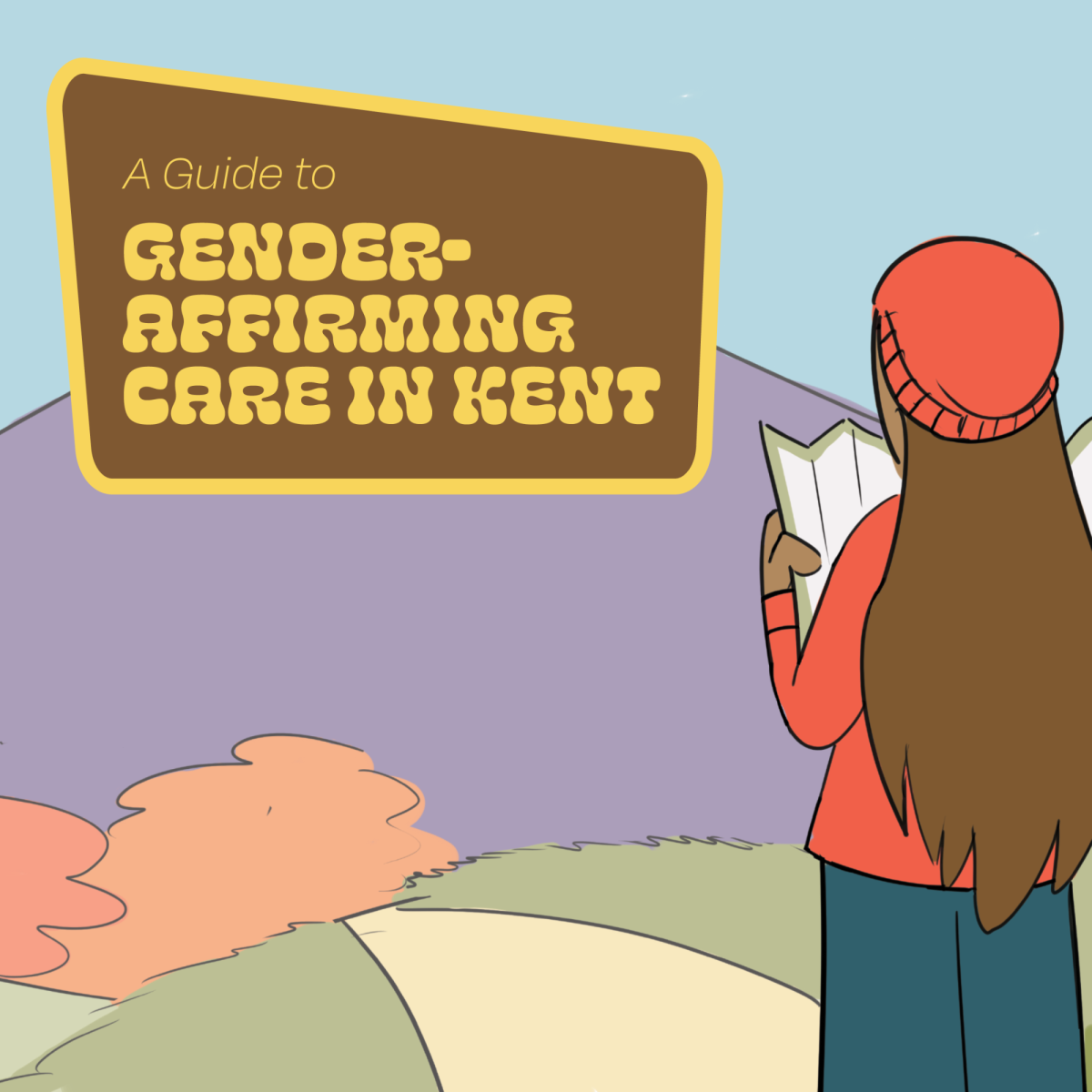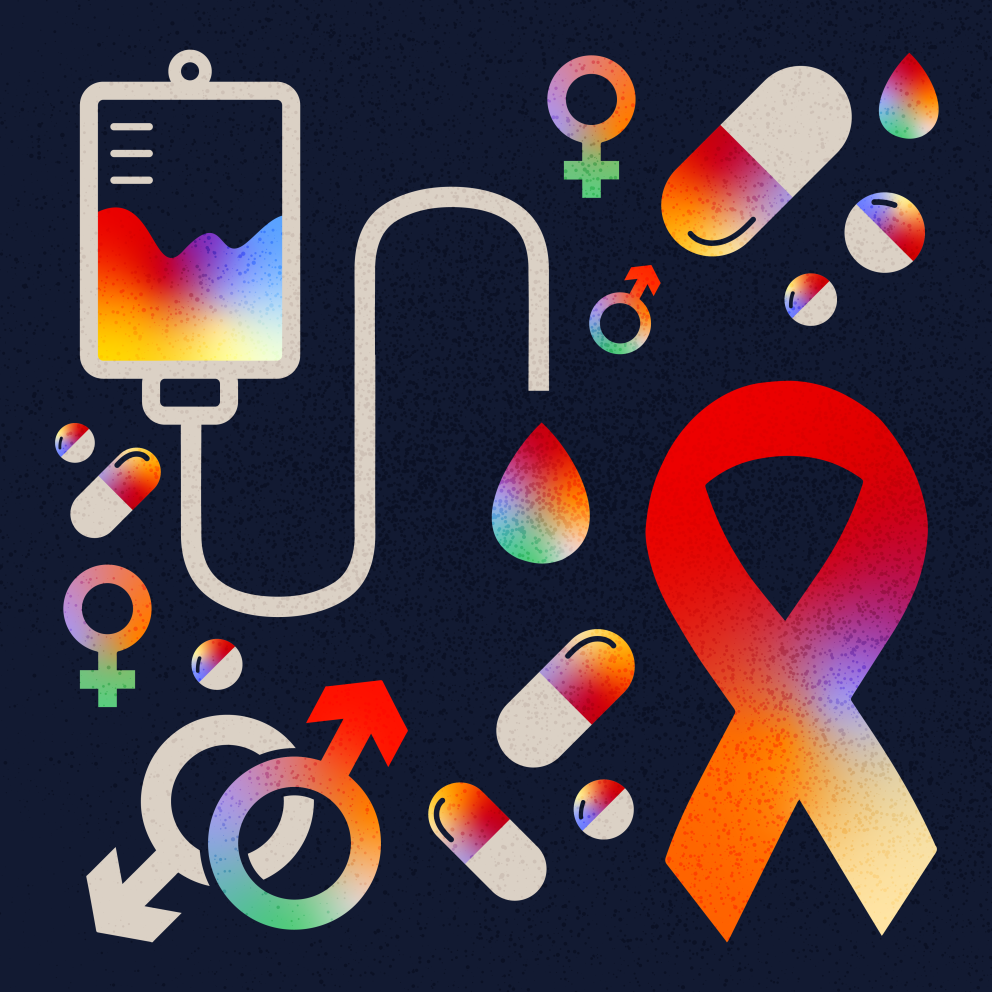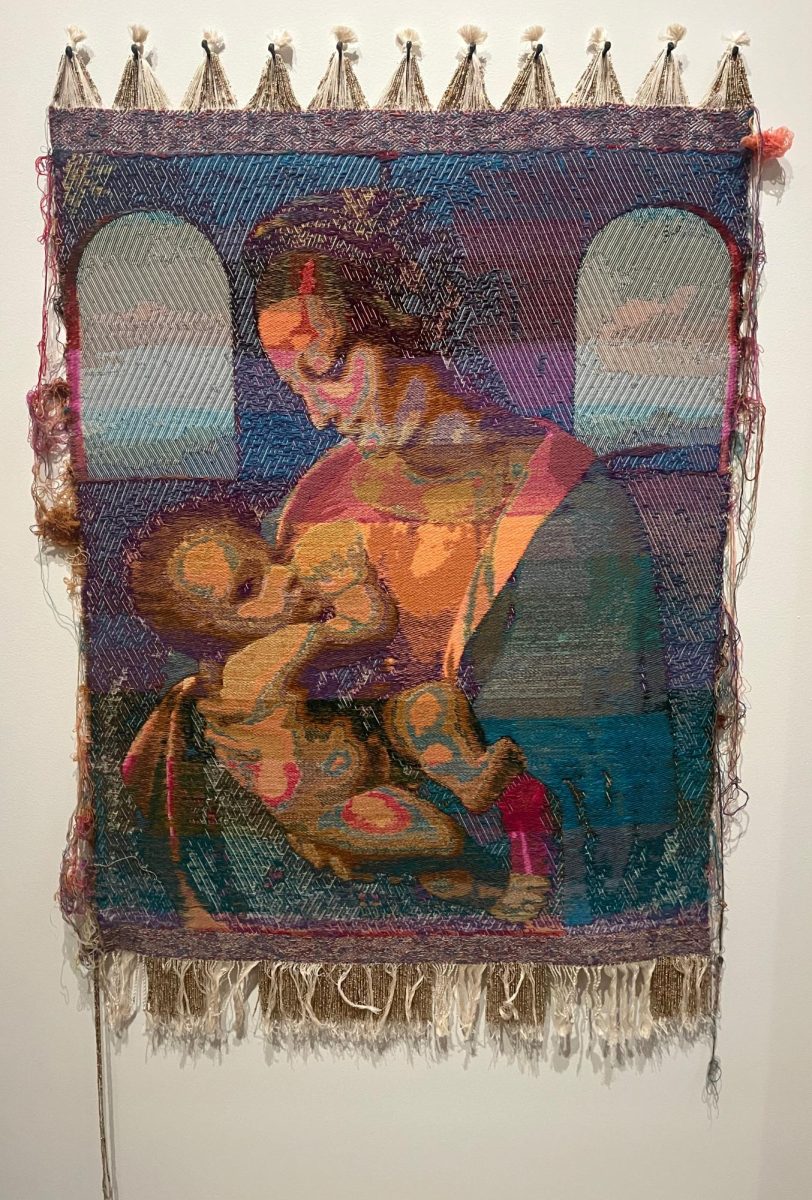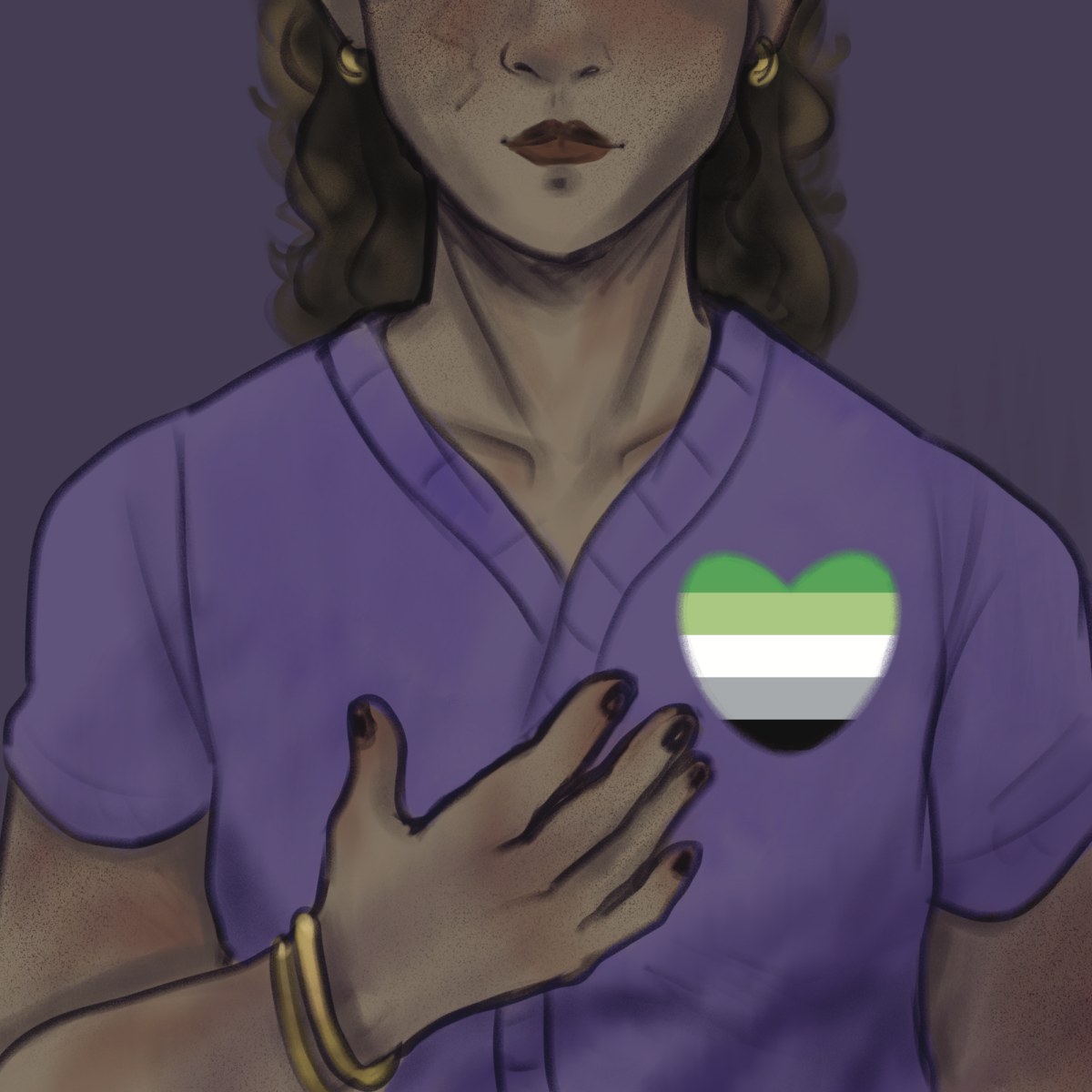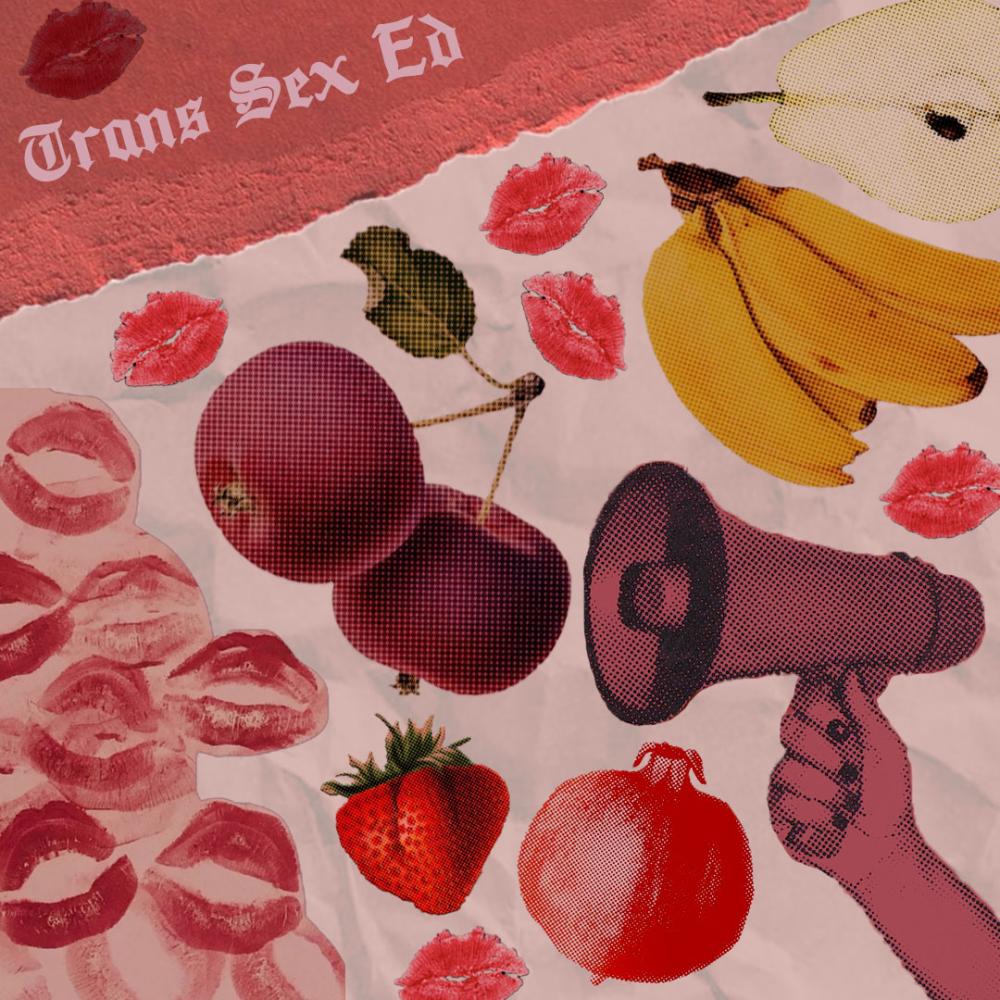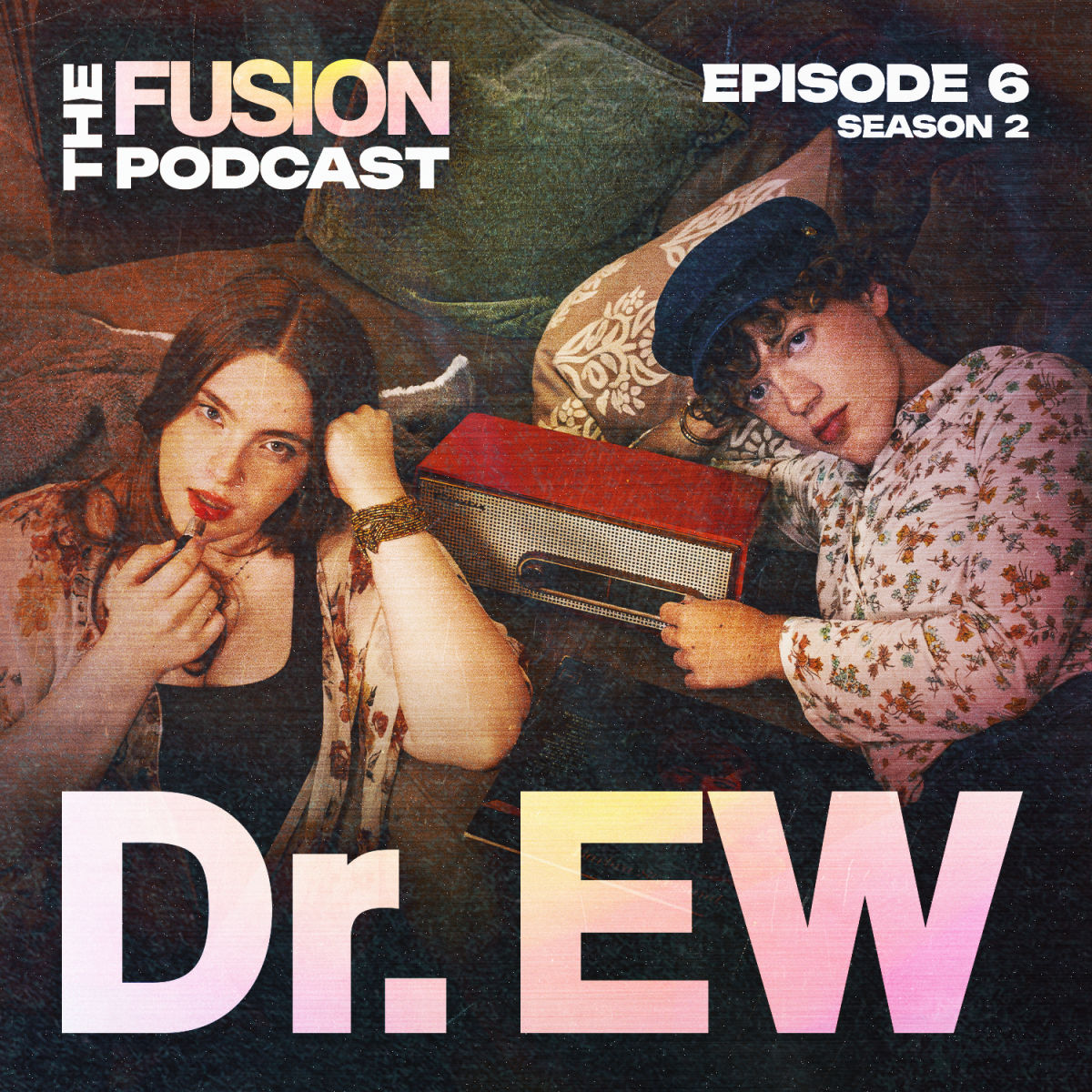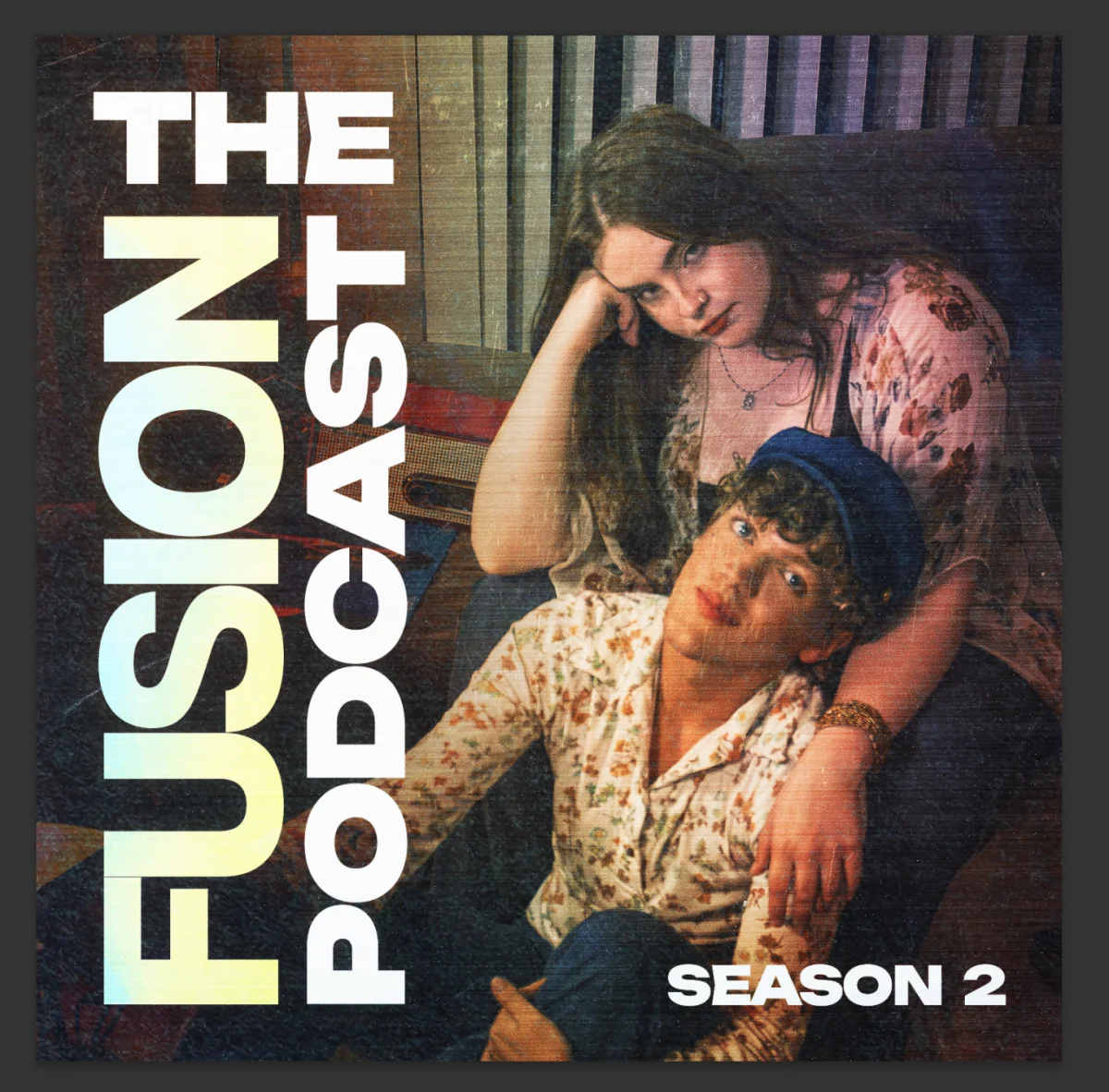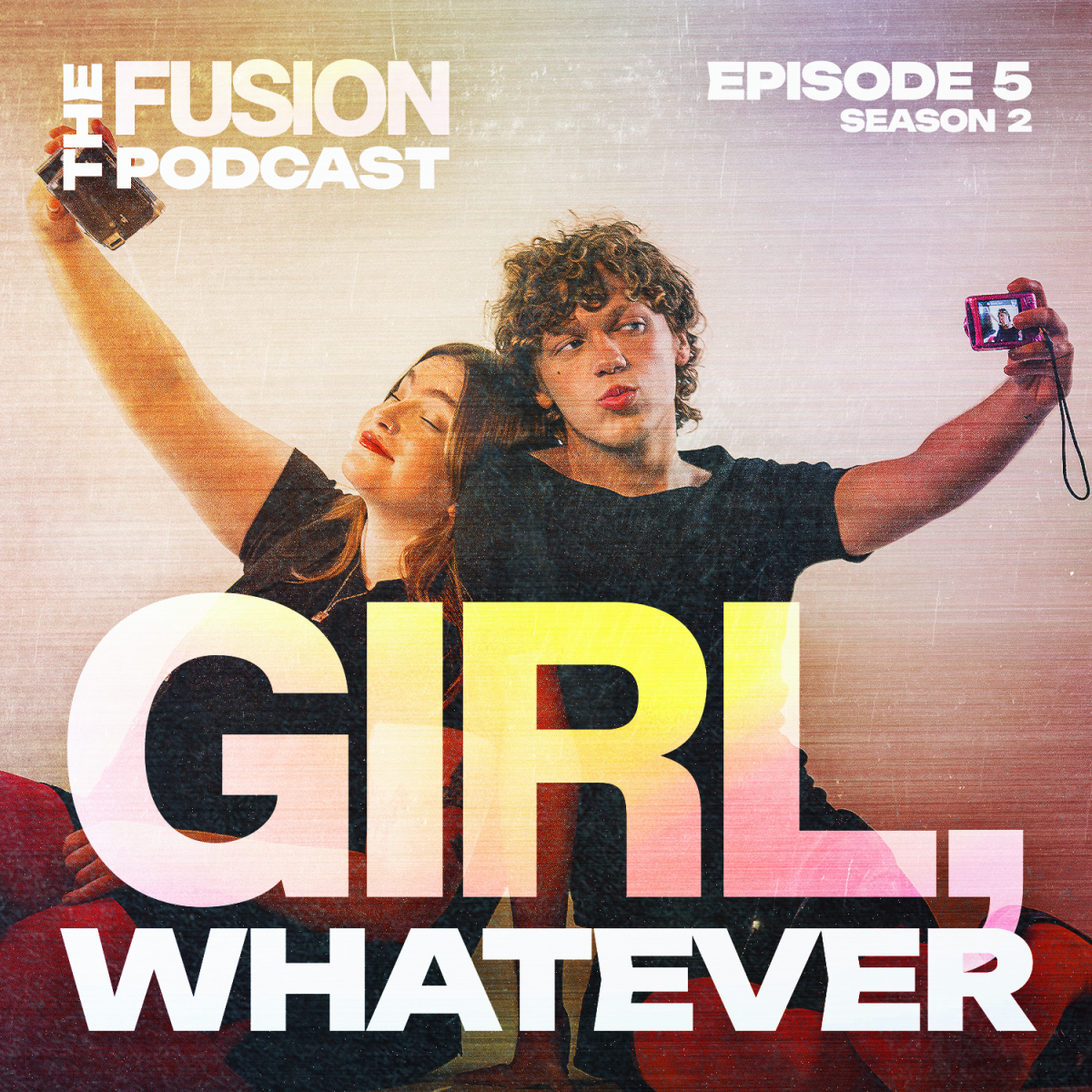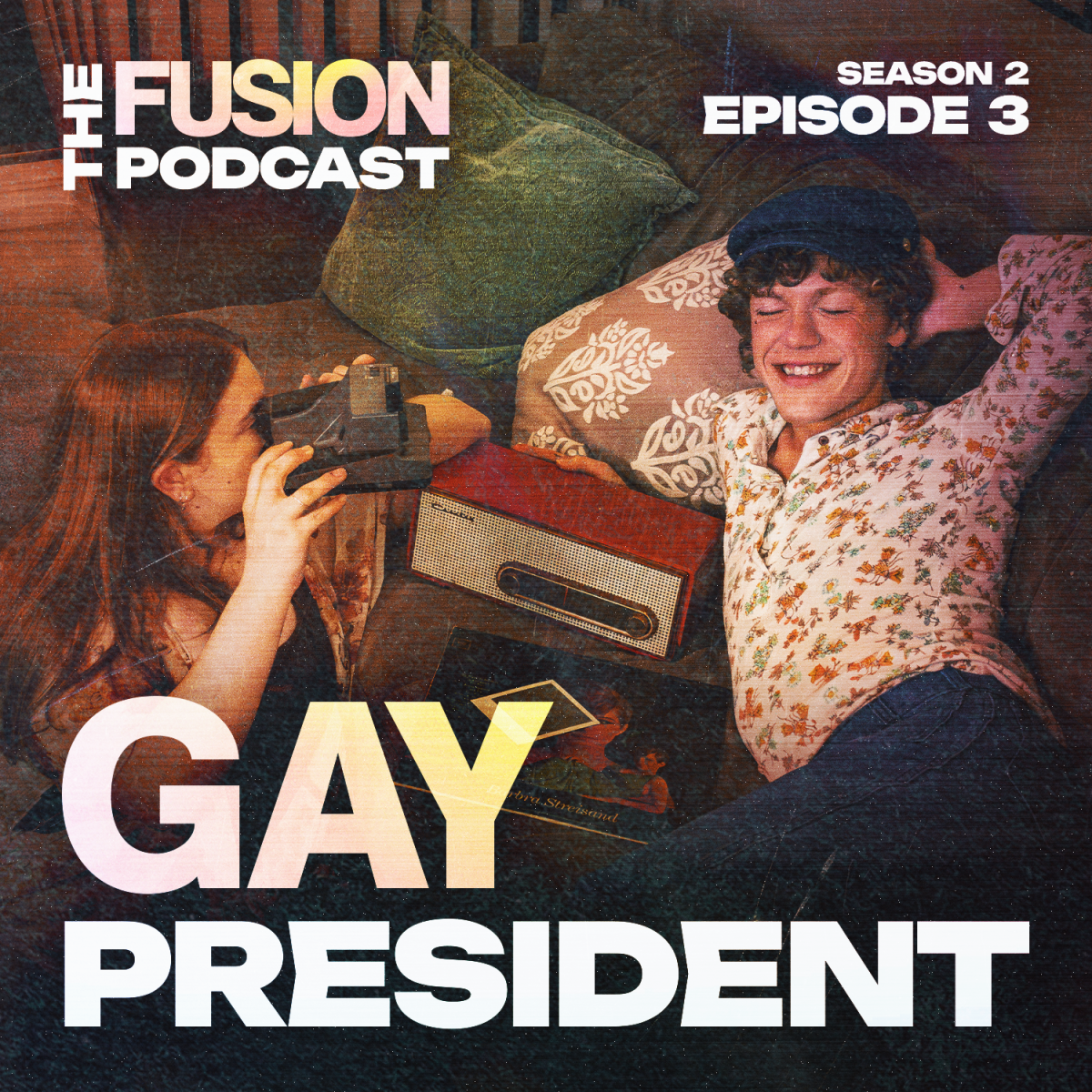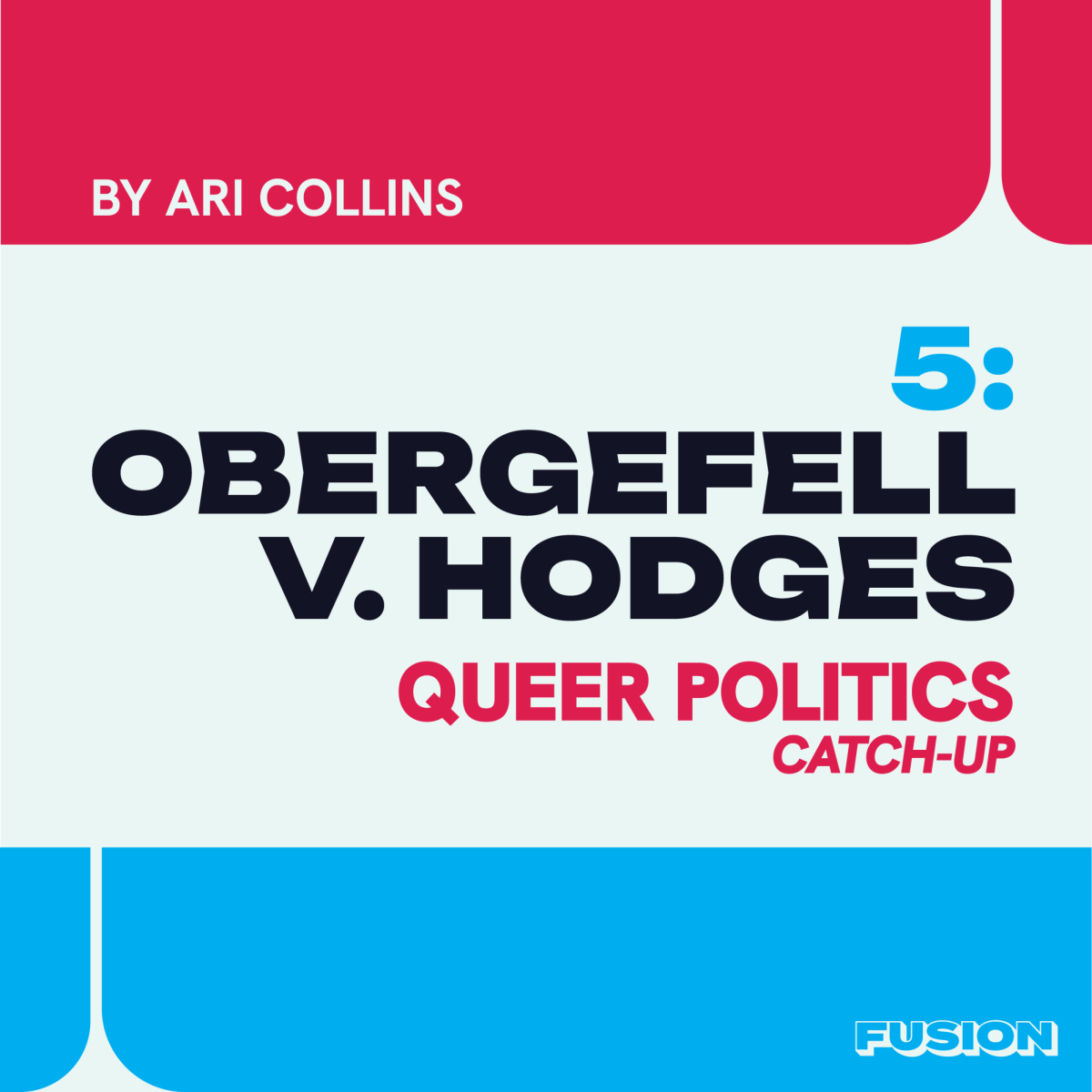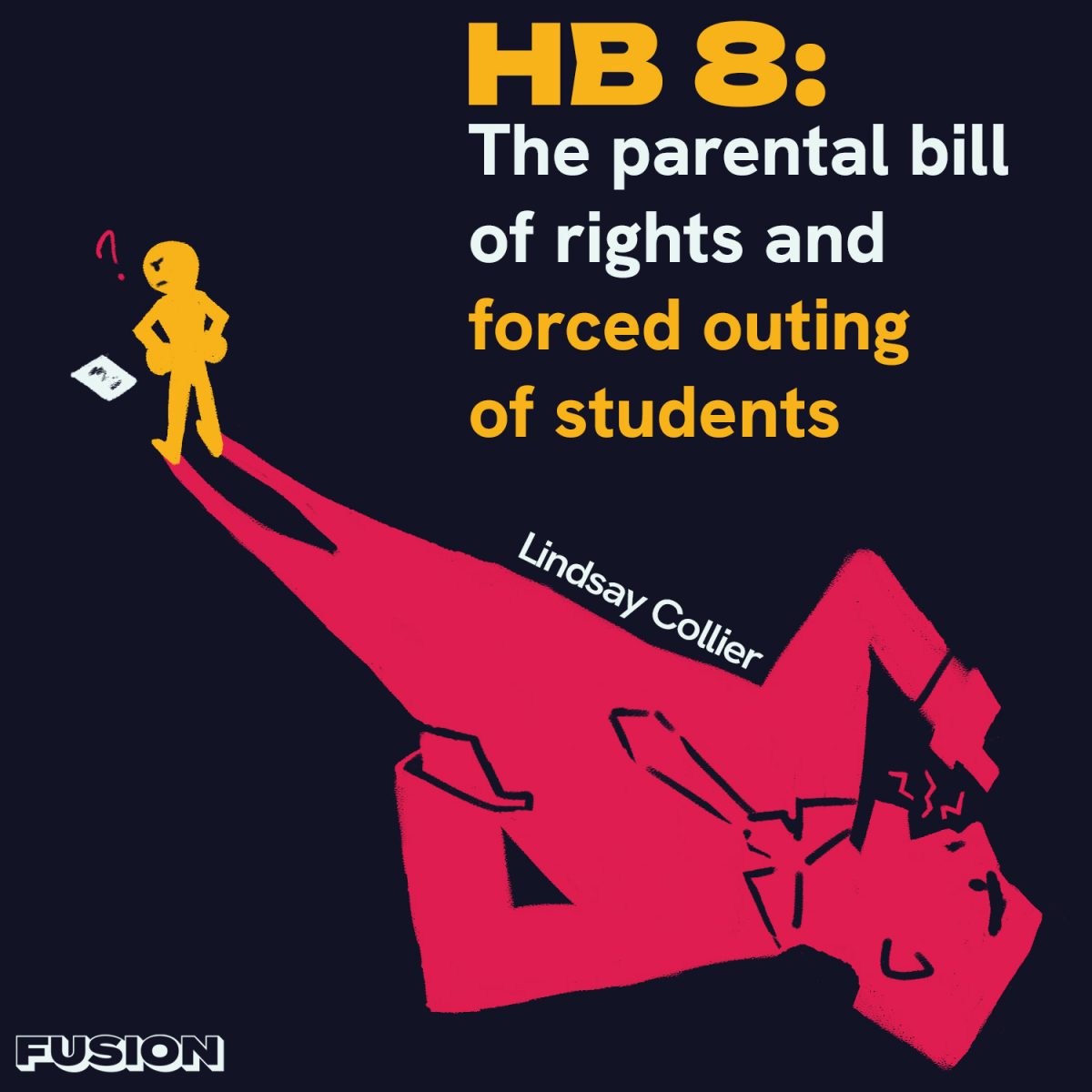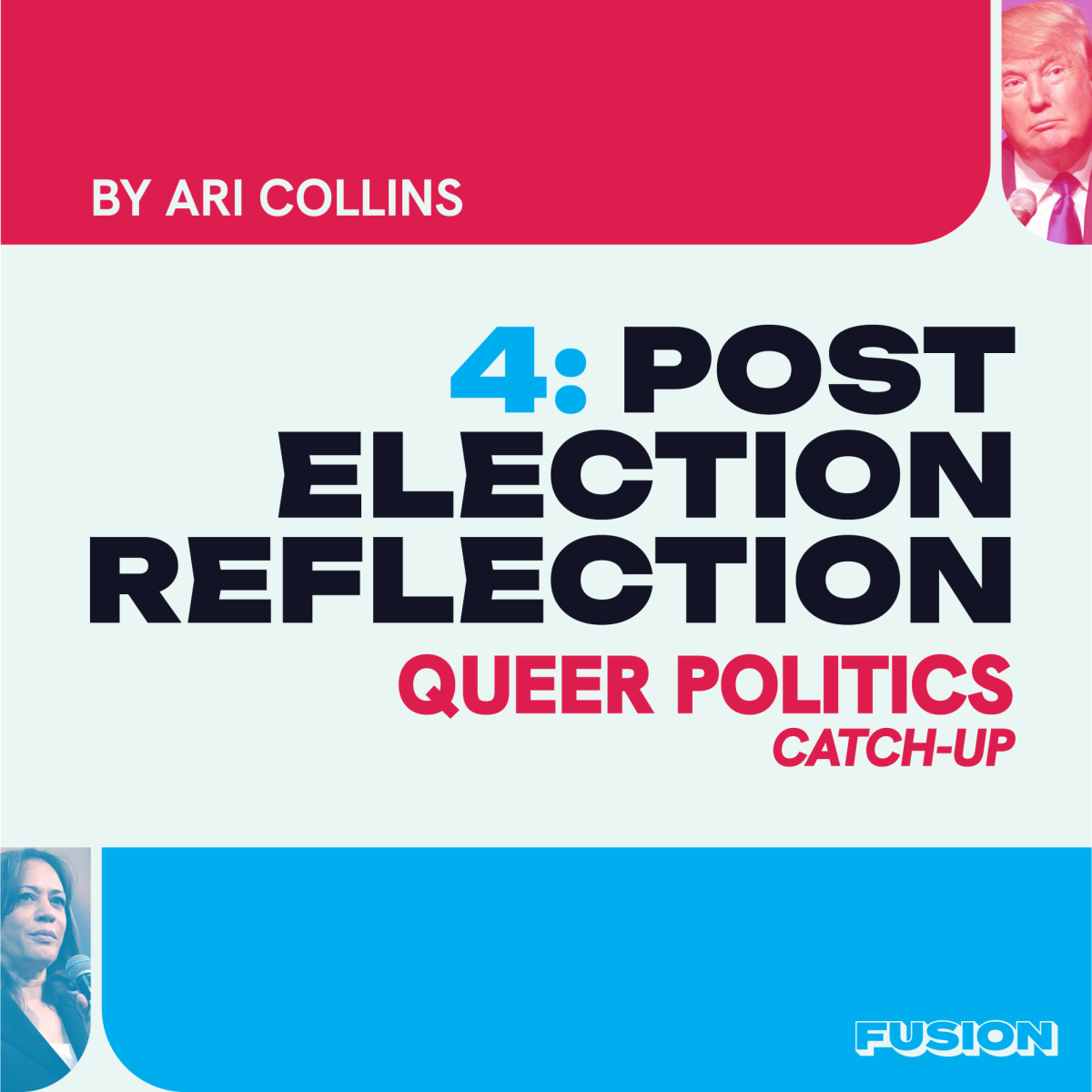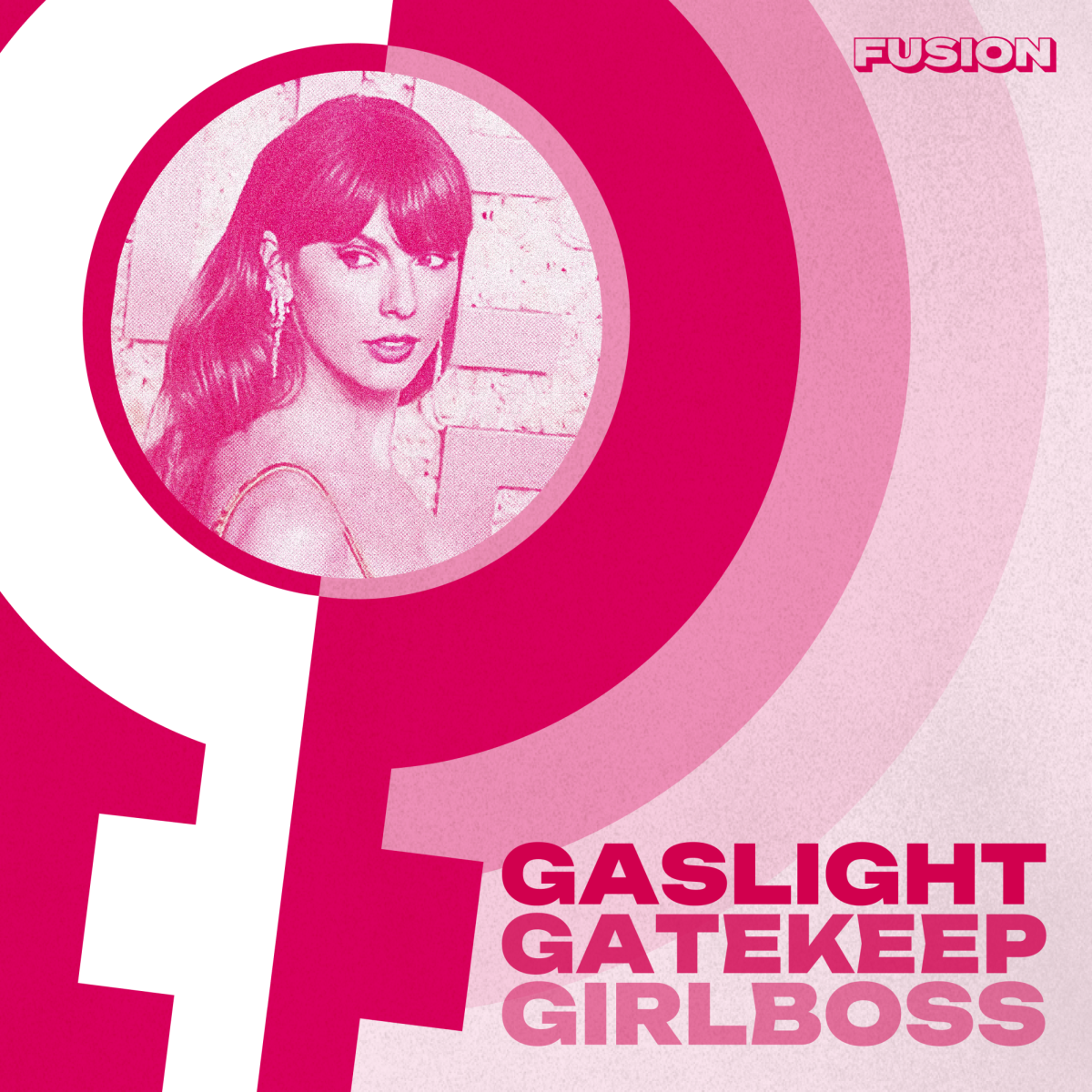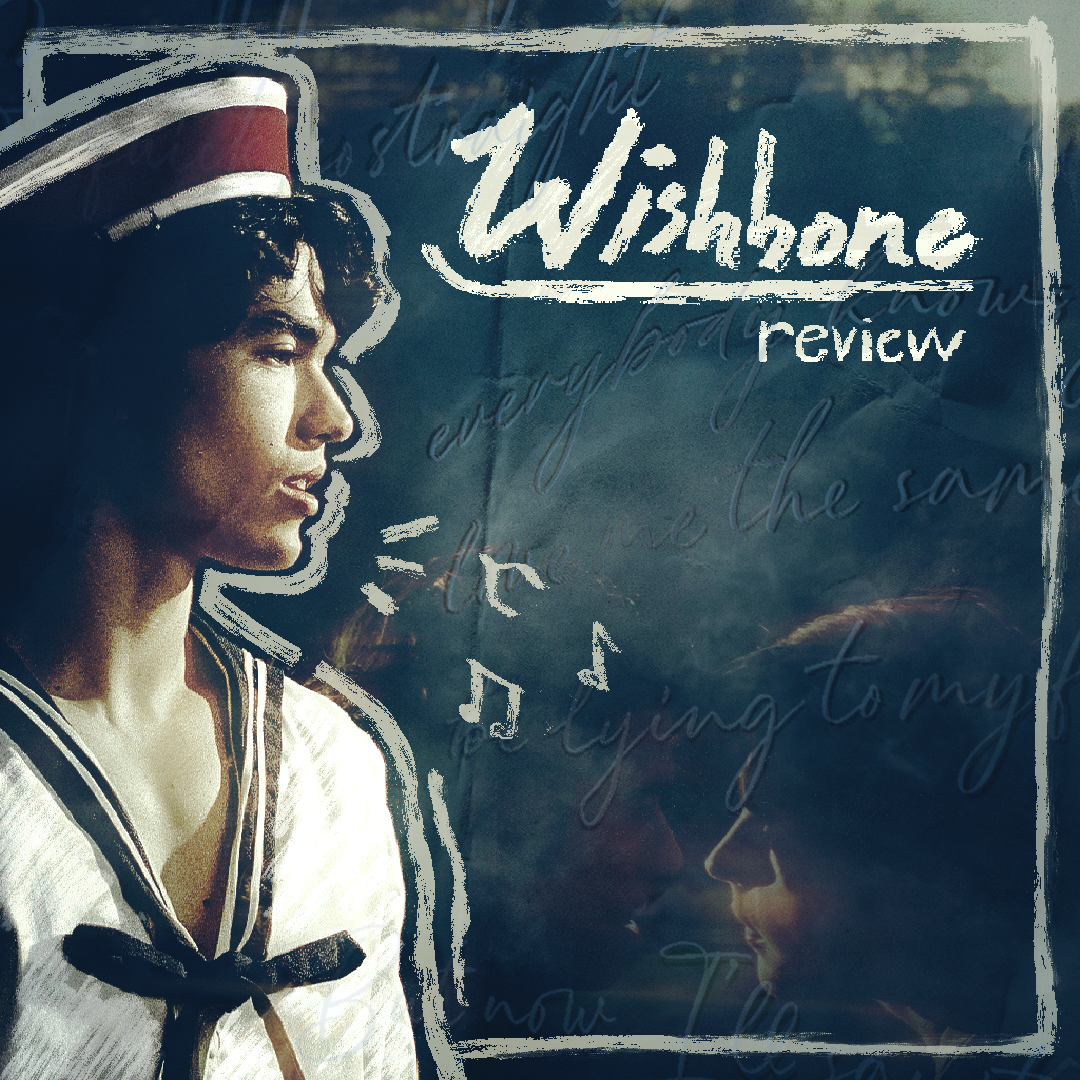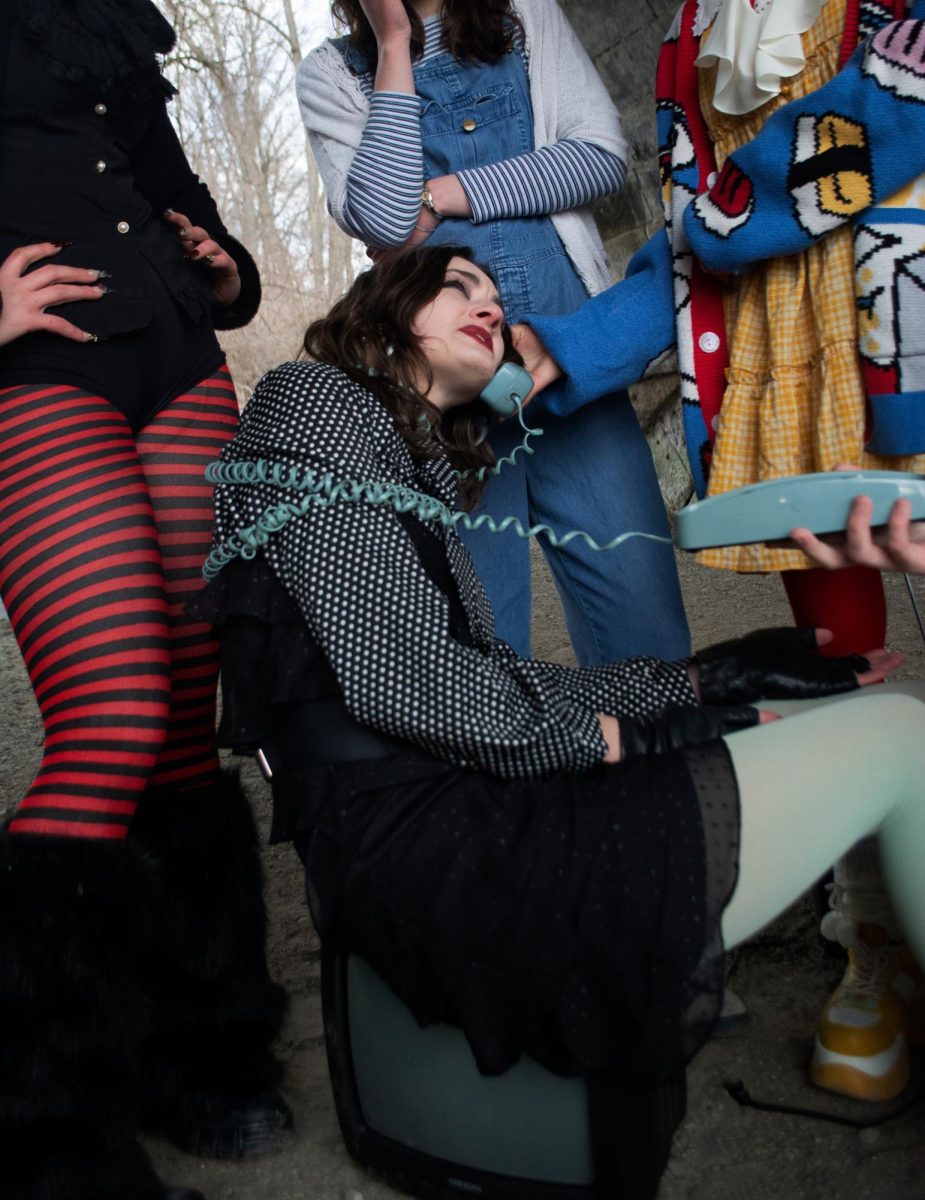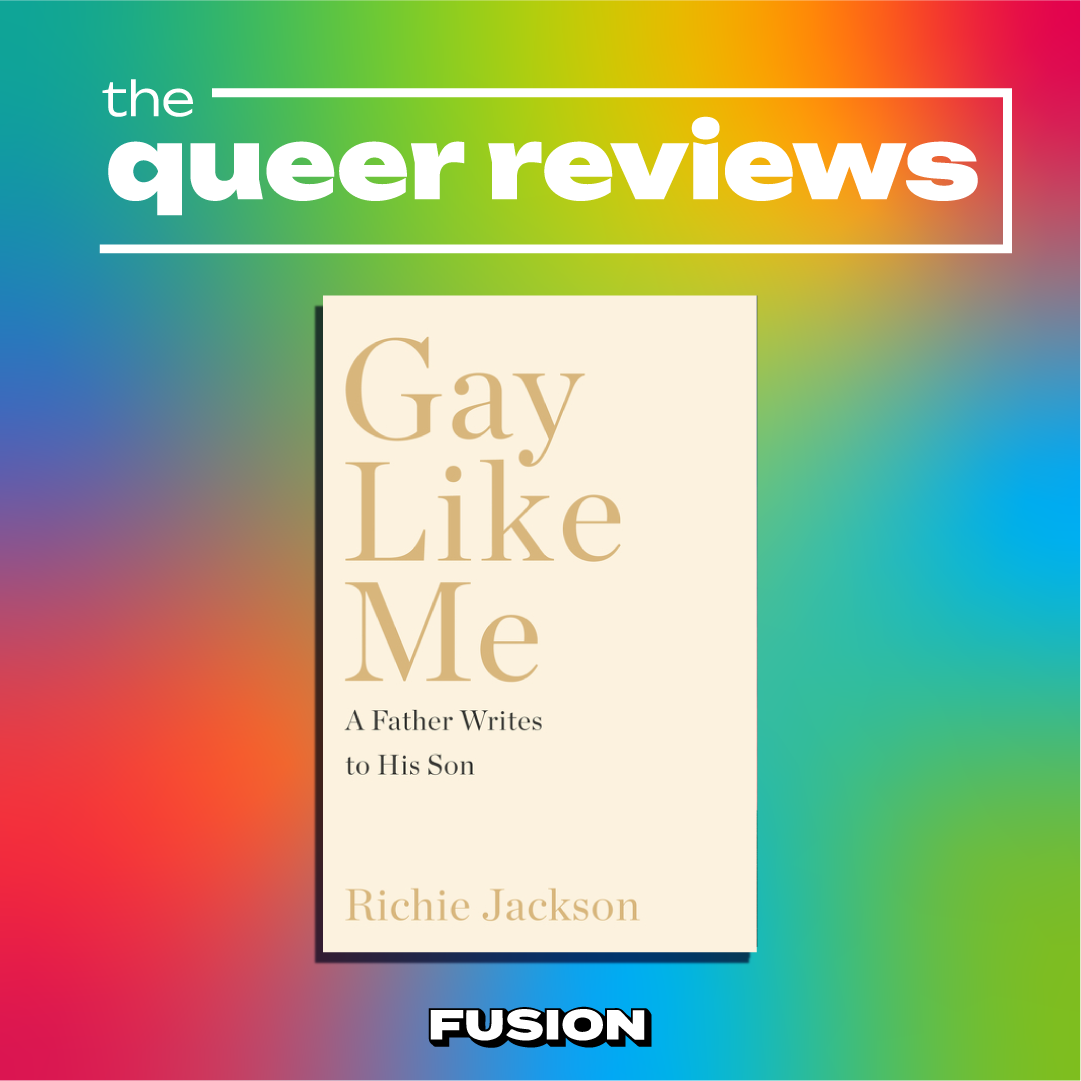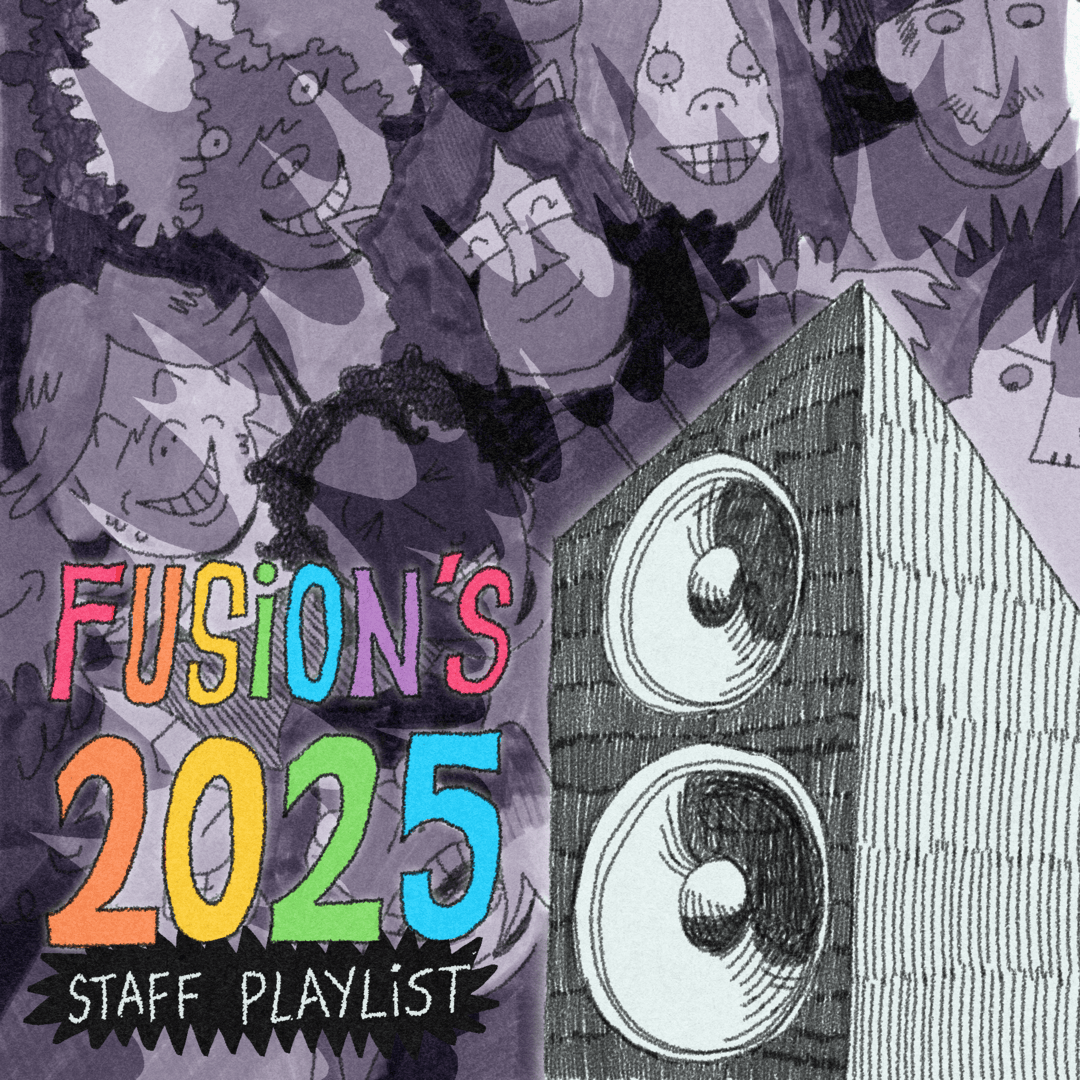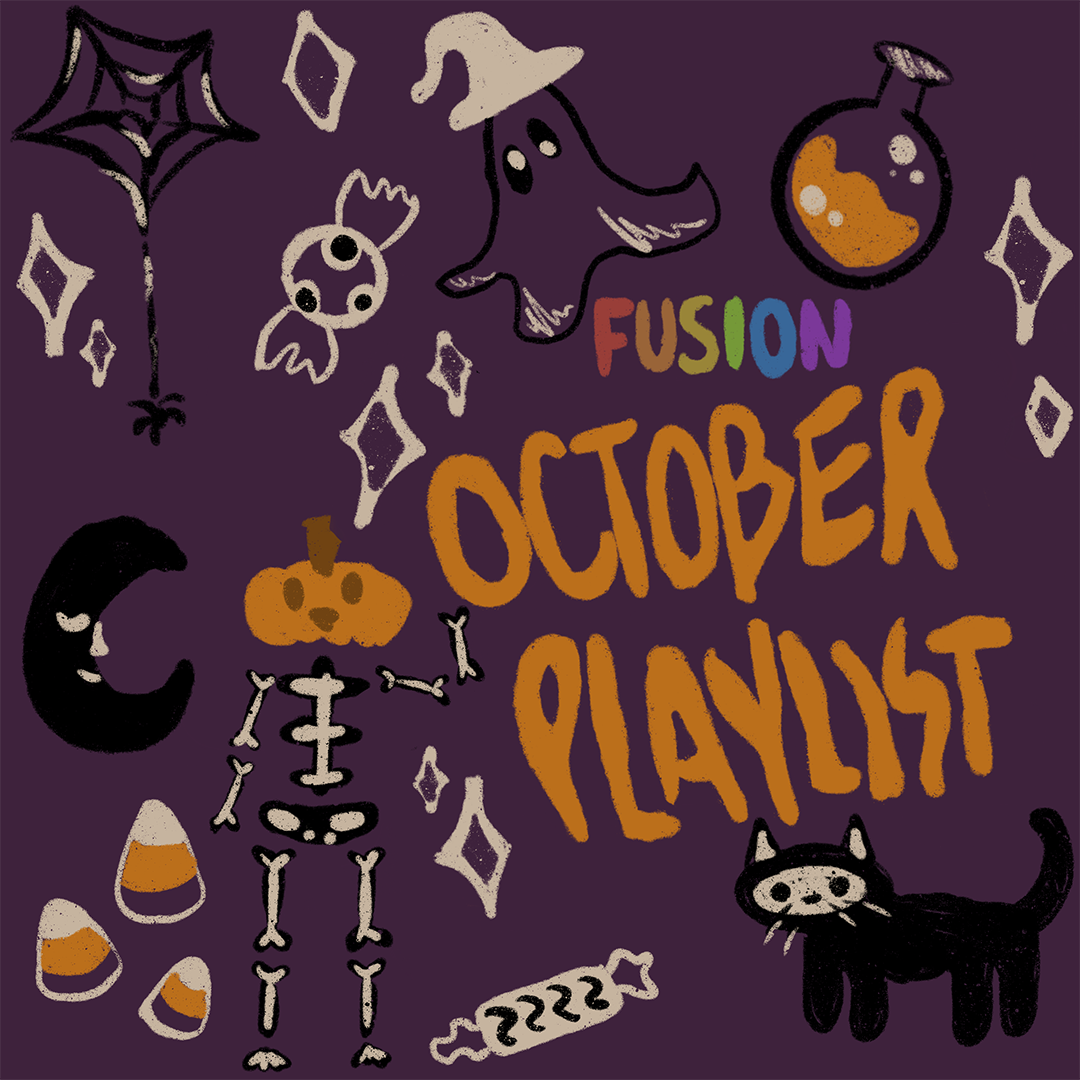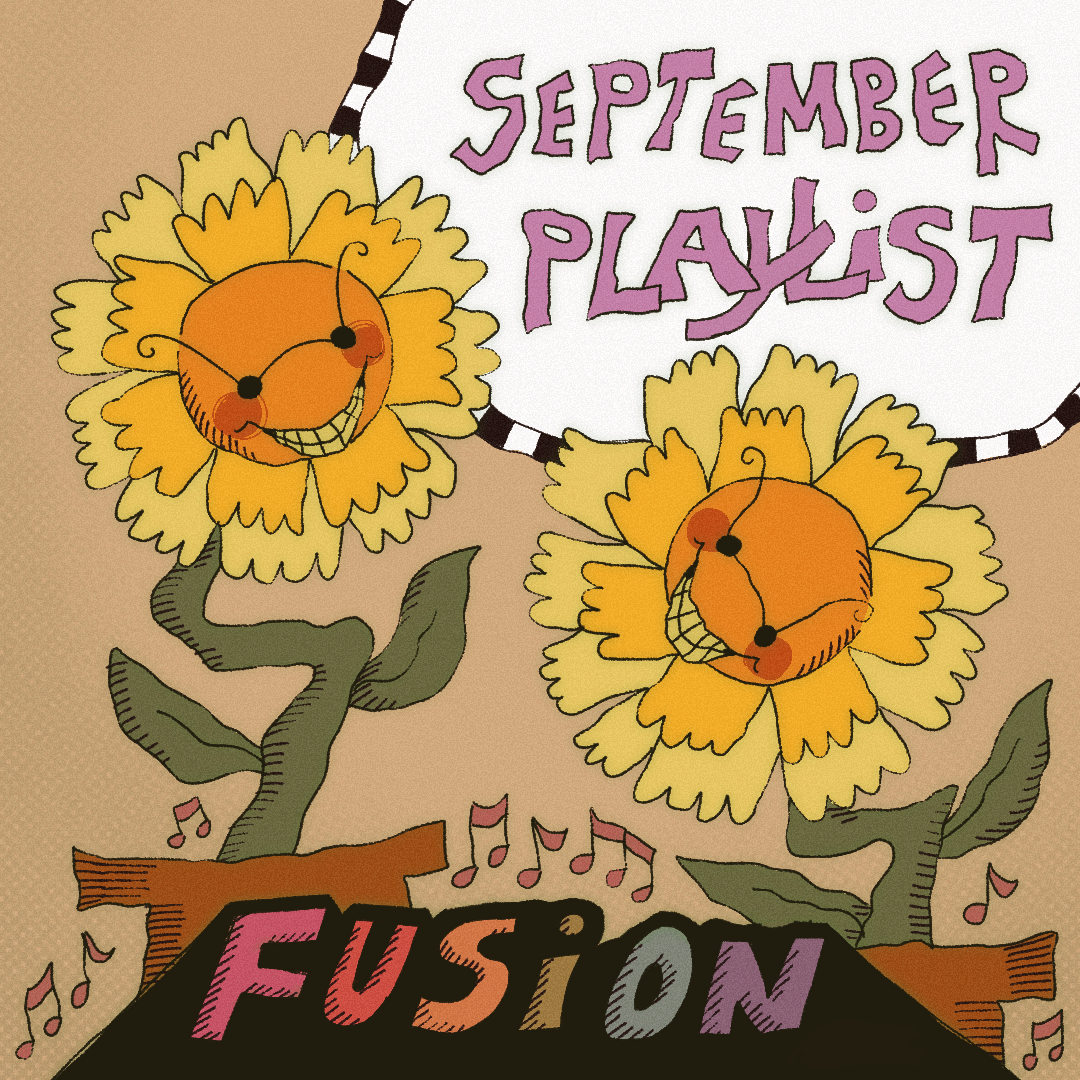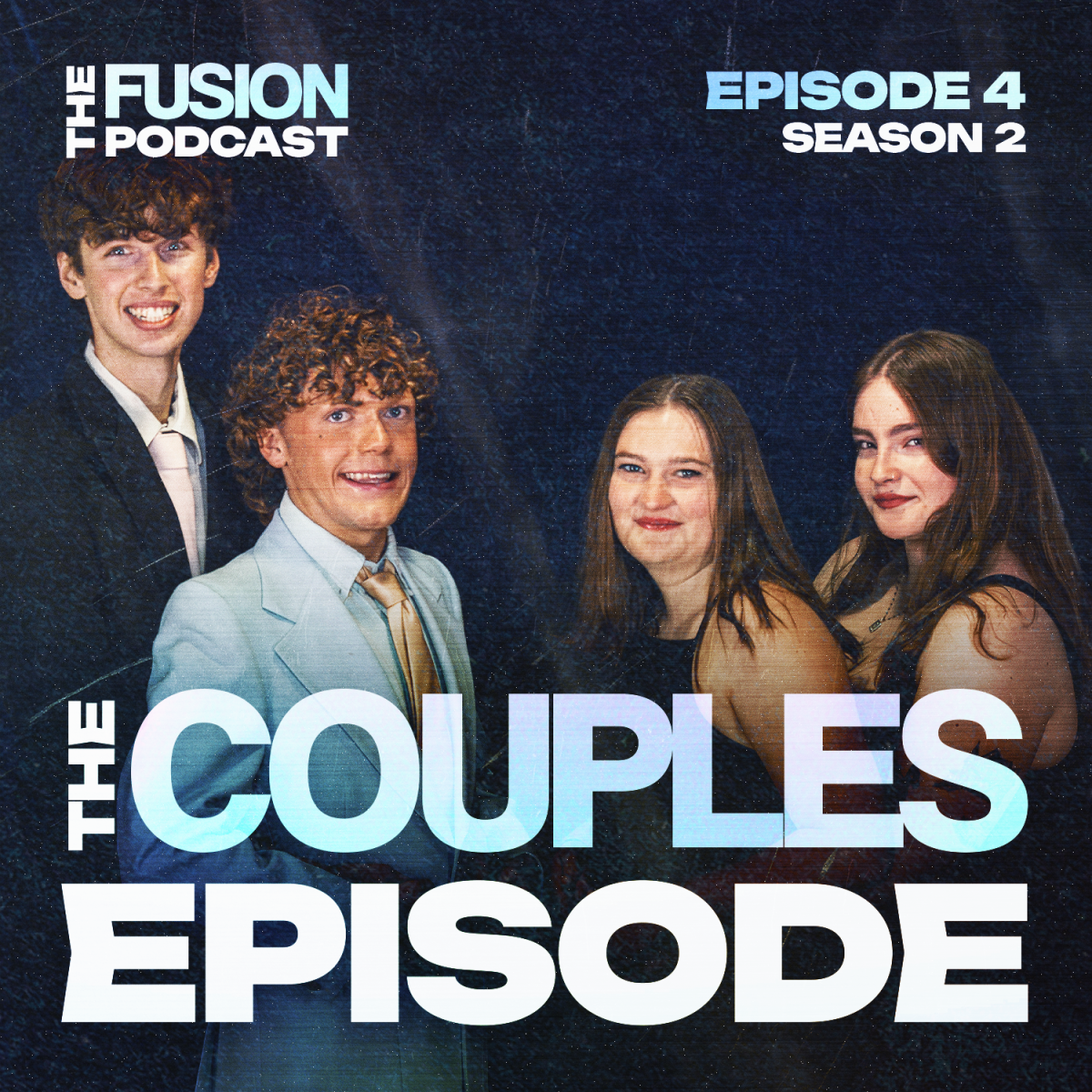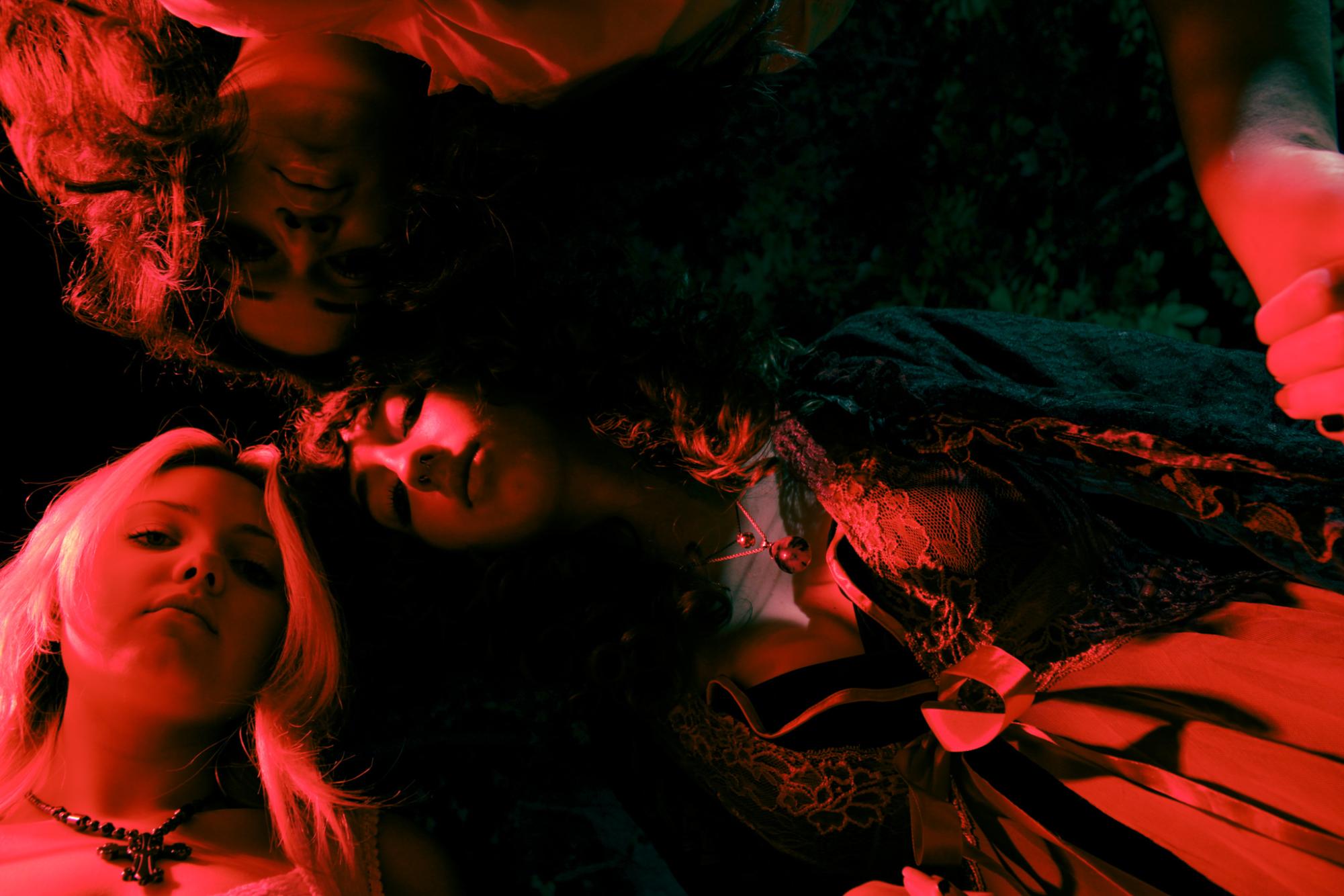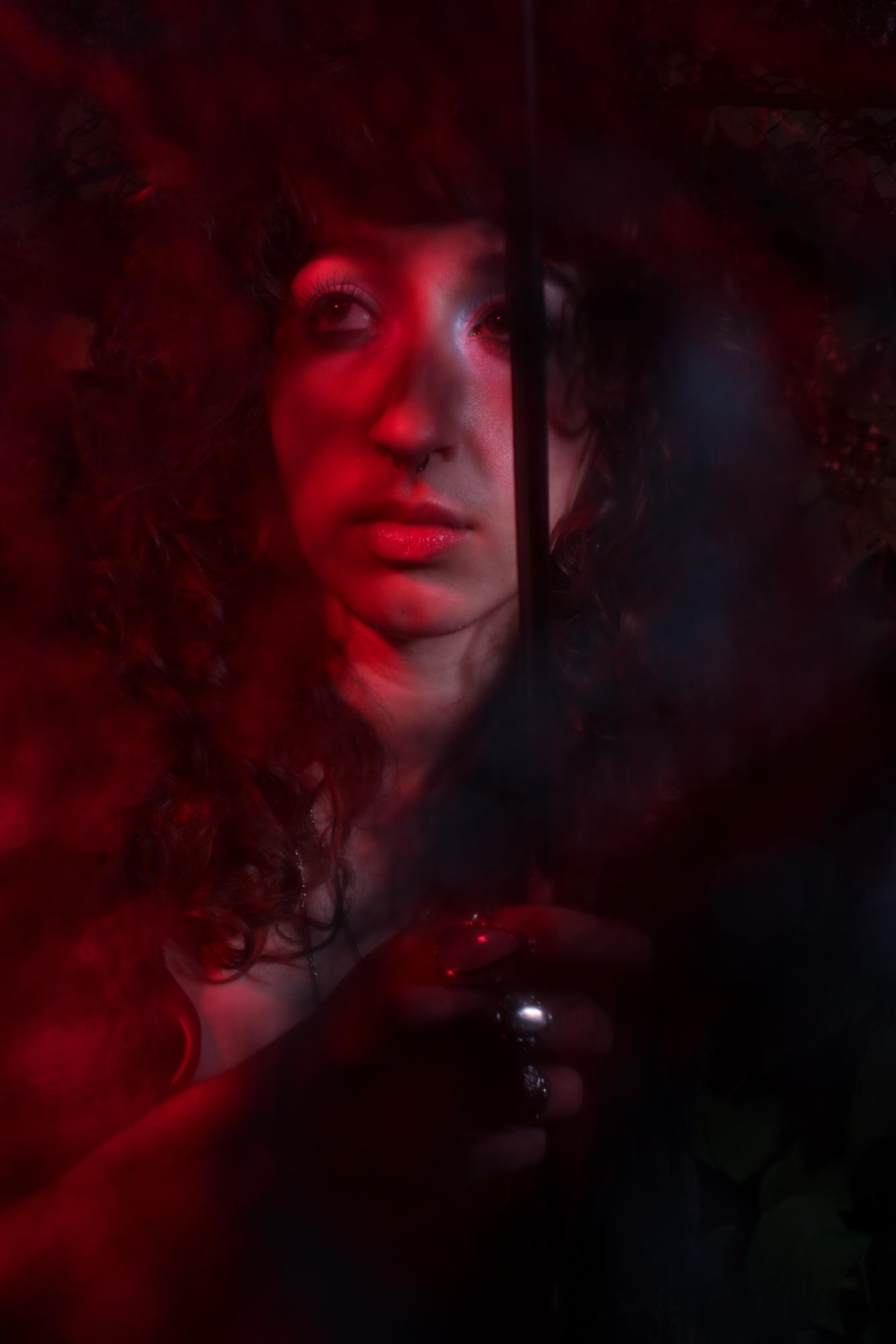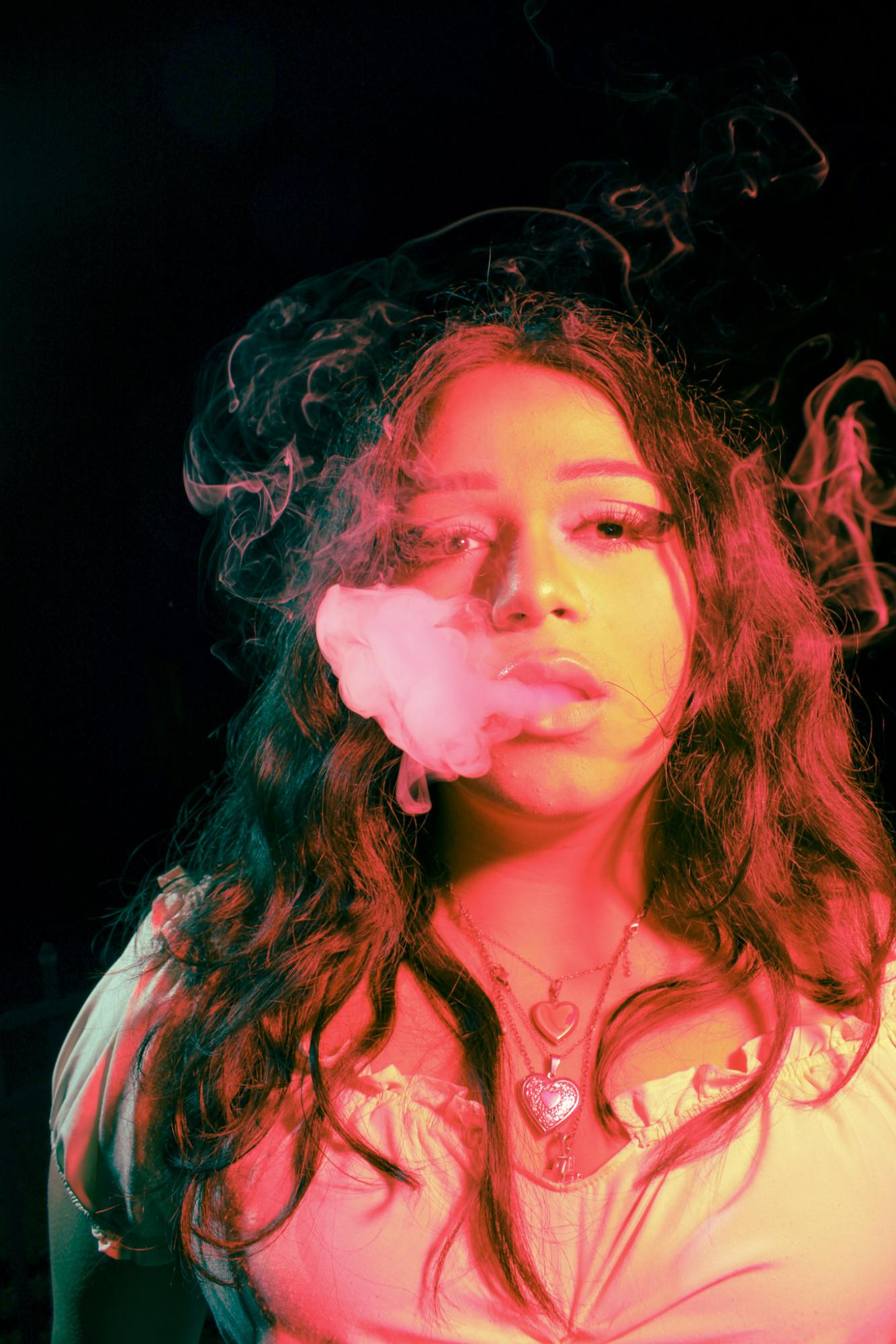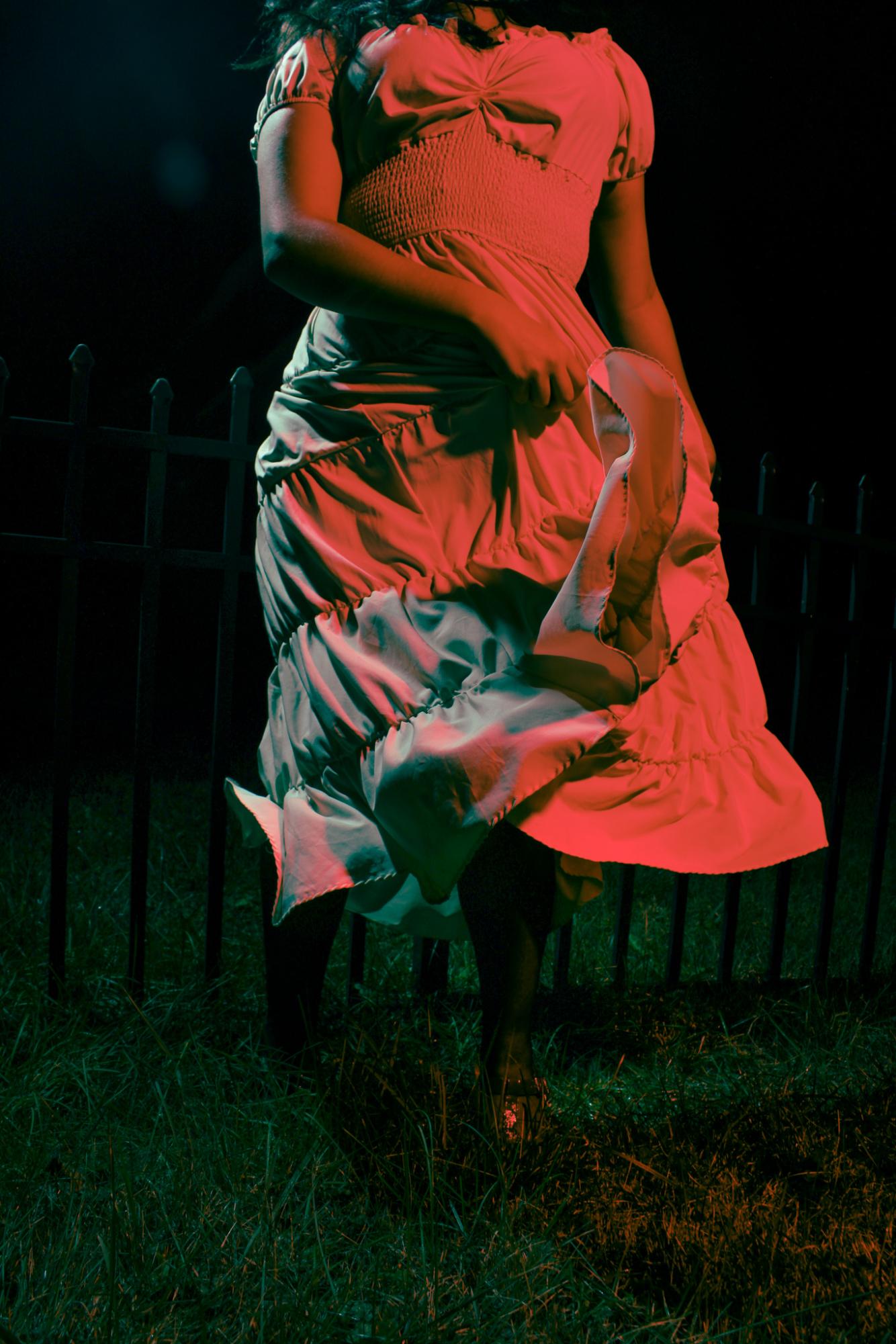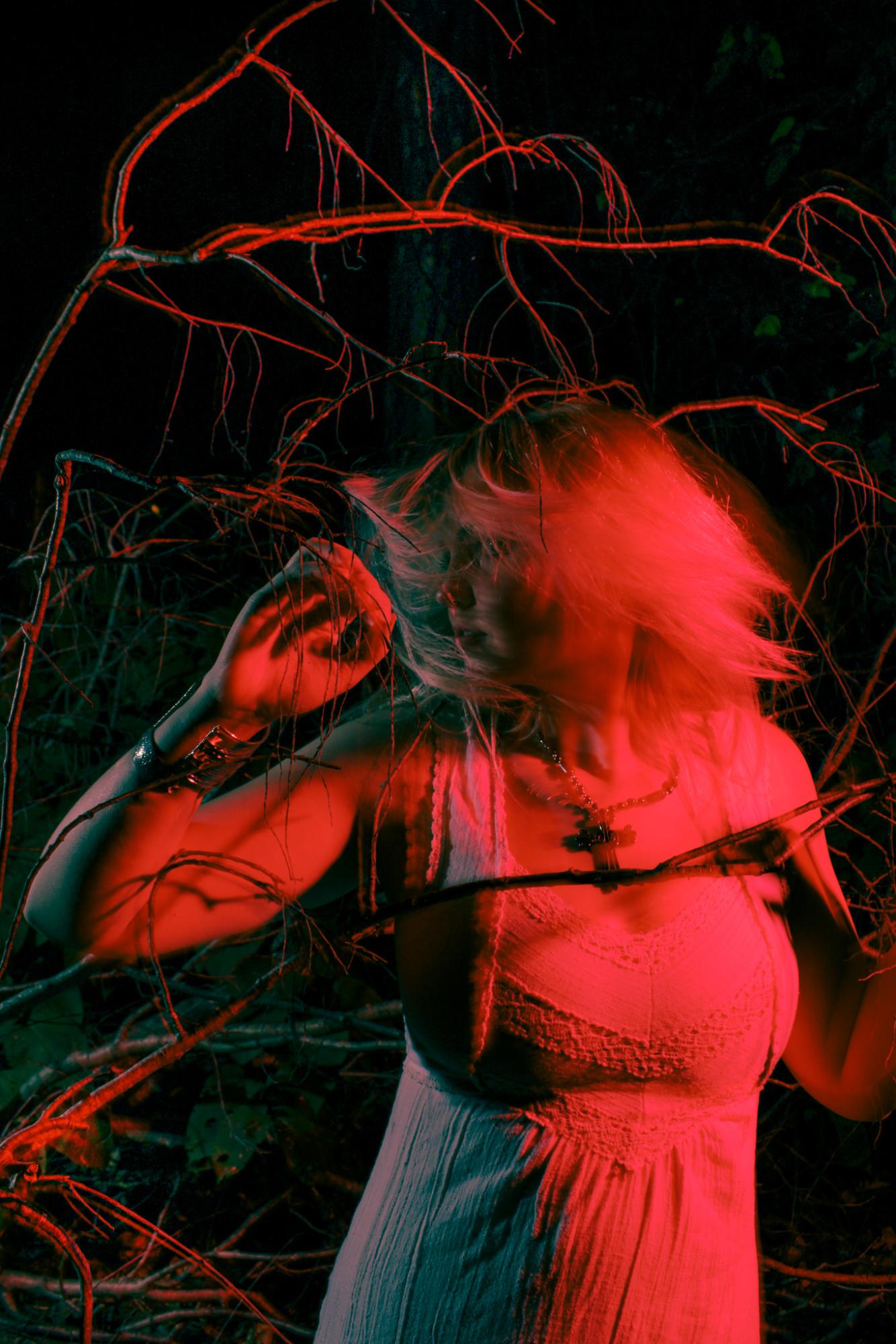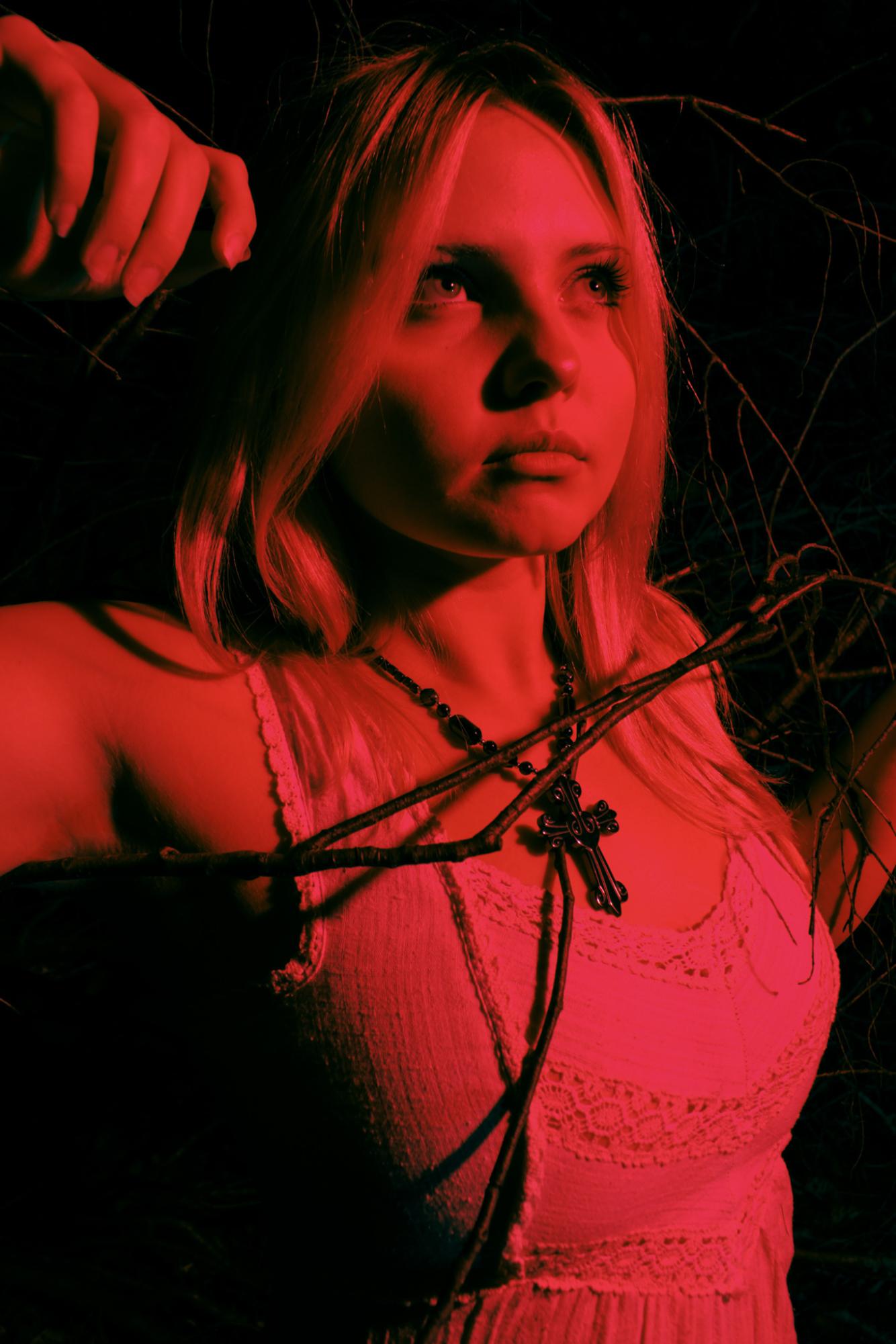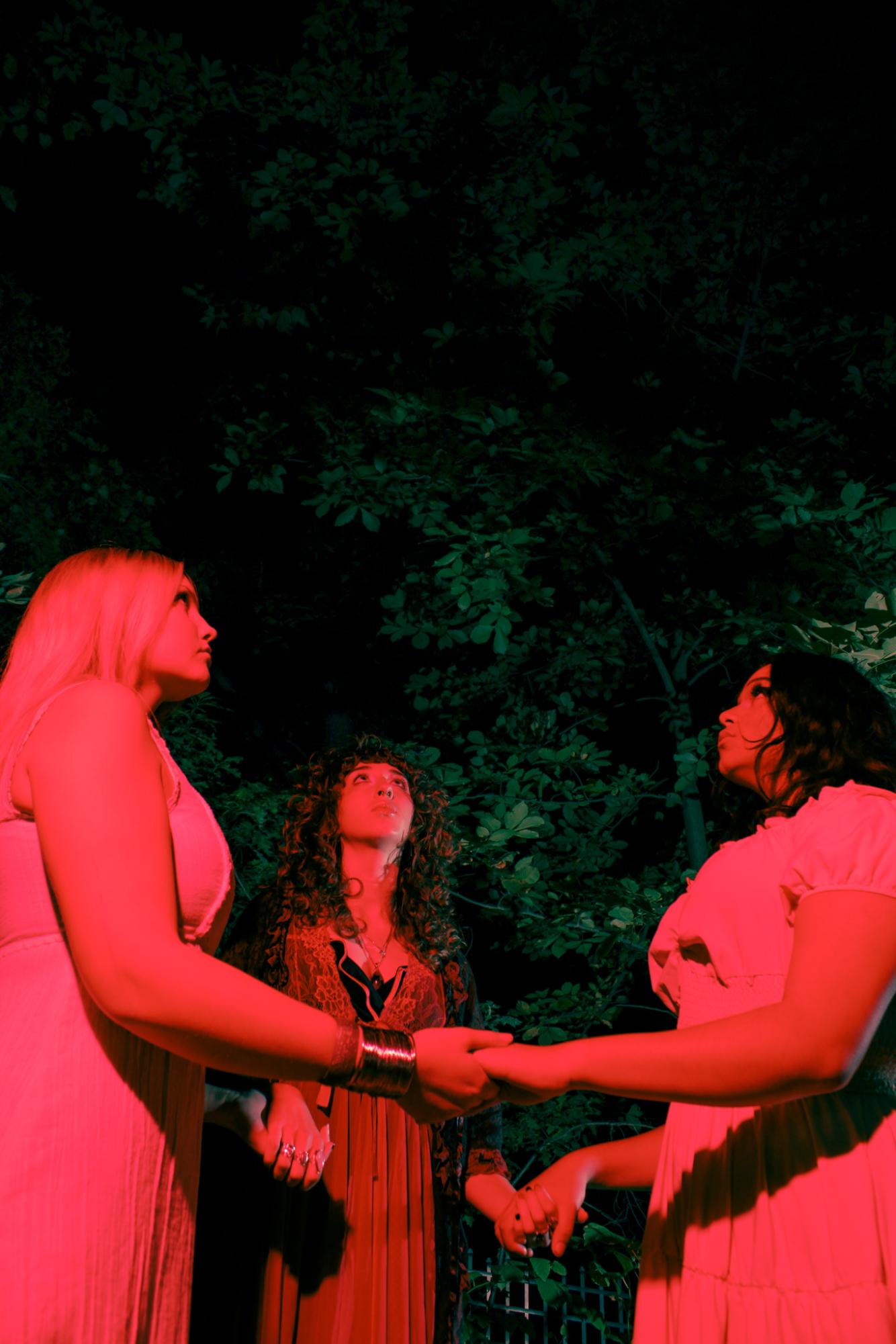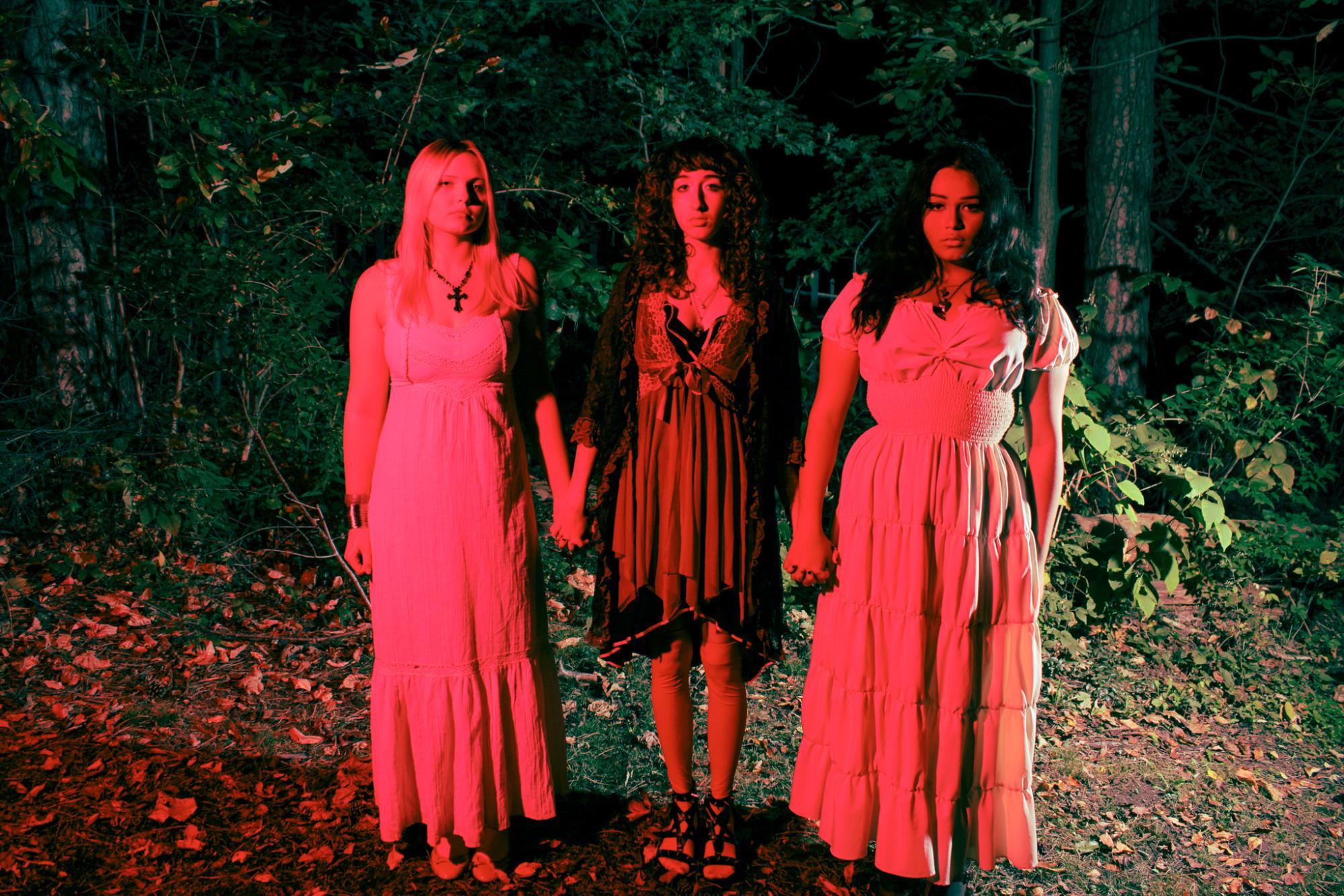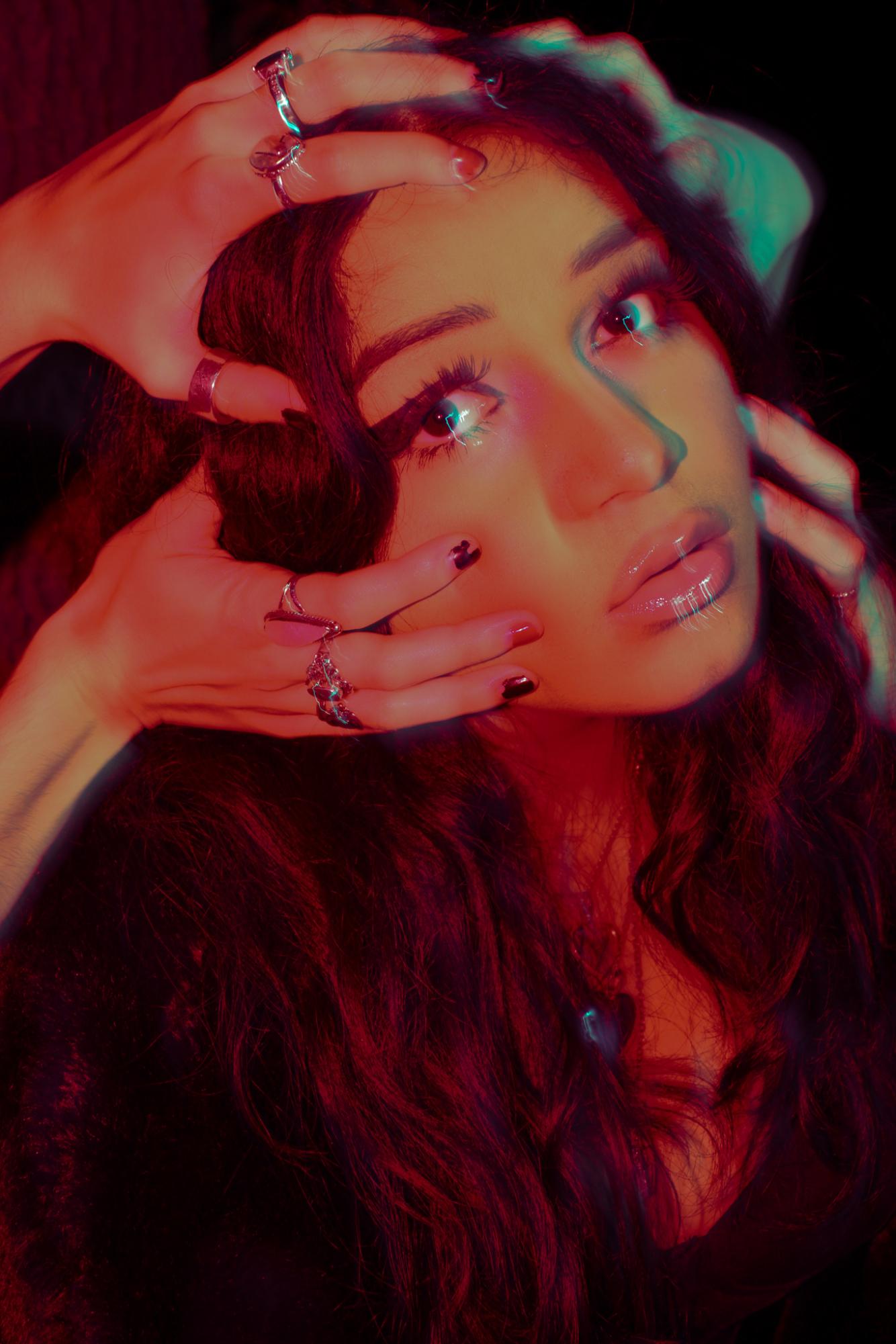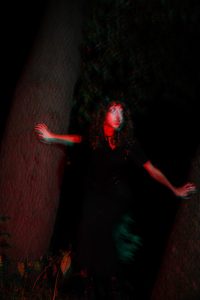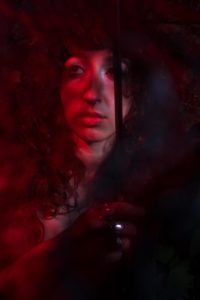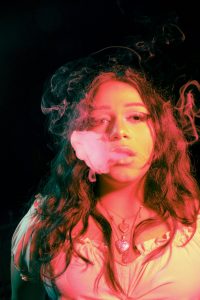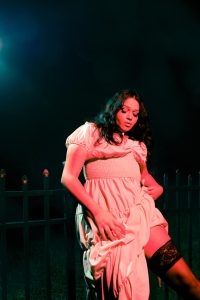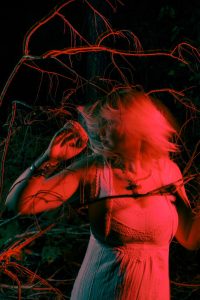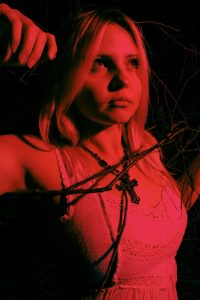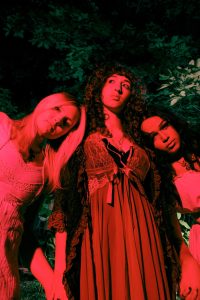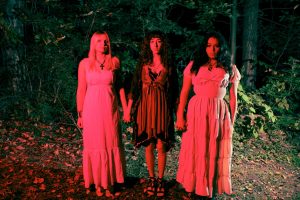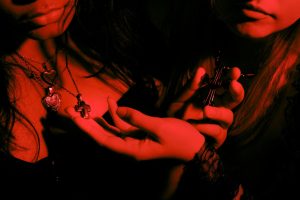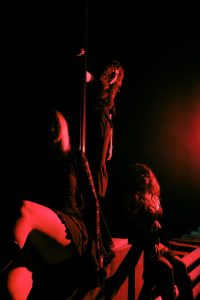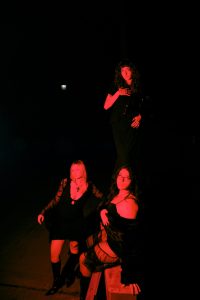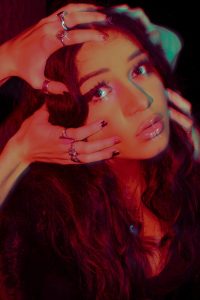As the nights grow longer we begin to feel a chill in the night, making us want to search for a good scare. In the queer community, horror is not just about thrills; it’s about our representation. Halloween operates like an extension of Pride—a time to dress up and express ourselves without societal restrictions. Whether we watch our favorite scream queens or reminisce about the villains, there is an undeniable blend between queerness and horror that creates a culture celebrating the strange and fabulous.
The horror genre inflicts fear in viewers, yet many in the community find that the themes resonate with their experiences. The antagonist struggles with feeling like an outsider in a world full of (hetero)normativity. Innocent people are terrorized by evil forces, revealing their fears, secrets and traumas hidden under the surface.
Growing up in the queer community can be overwhelming. Navigating identity while battling stereotypes, stigma and violence can leave individuals feeling isolated. Horror becomes a space for queer expression, blending real-world issues with monstrous forms. Many of us find a connection with the monsters of horror, as they reflect how society ostracizes us for simply existing. Others see connections with the protagonists as they face otherworldly fears and come out victorious.
While queer representation in horror has evolved, it wasn’t always authentic; earlier portrayals used harmful stereotypes that the community continues to dismantle. This spooky season, consider exploring queer horror films like A Nightmare on Elm Street 2: Freddy’s Revenge (1985), The Hunger (1983) and Hellbent (2004). Ultimately, horror allows us to confront fear, empowers us to embrace and celebrate our identities.

